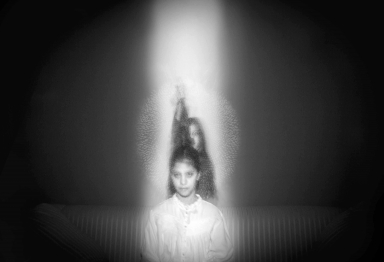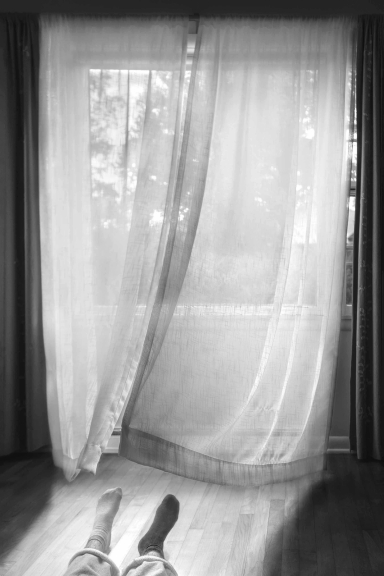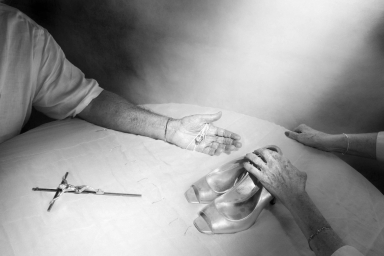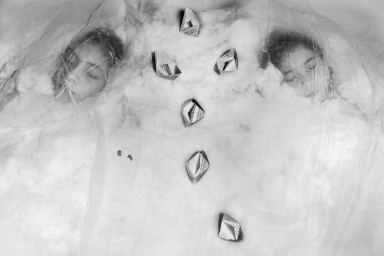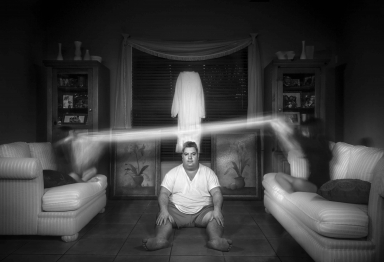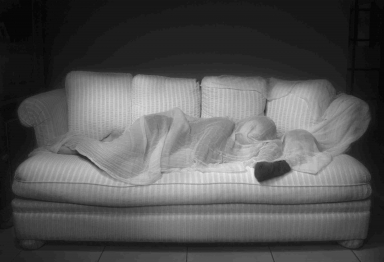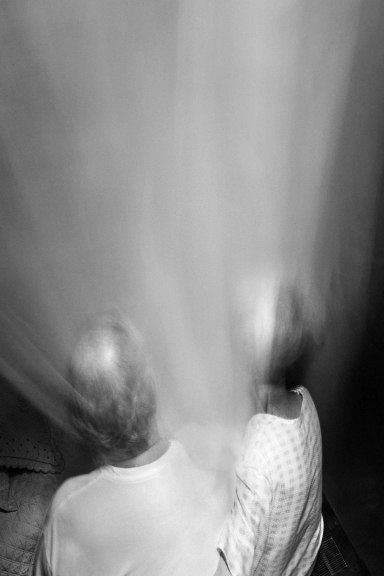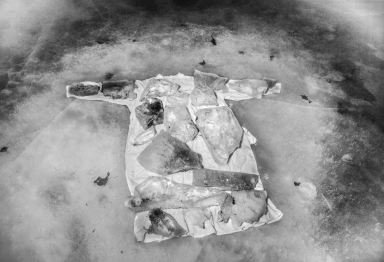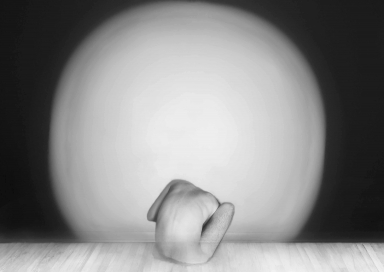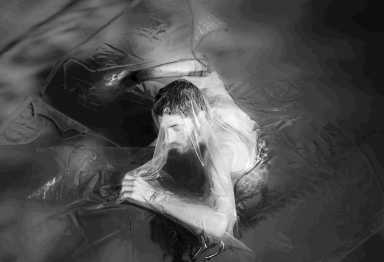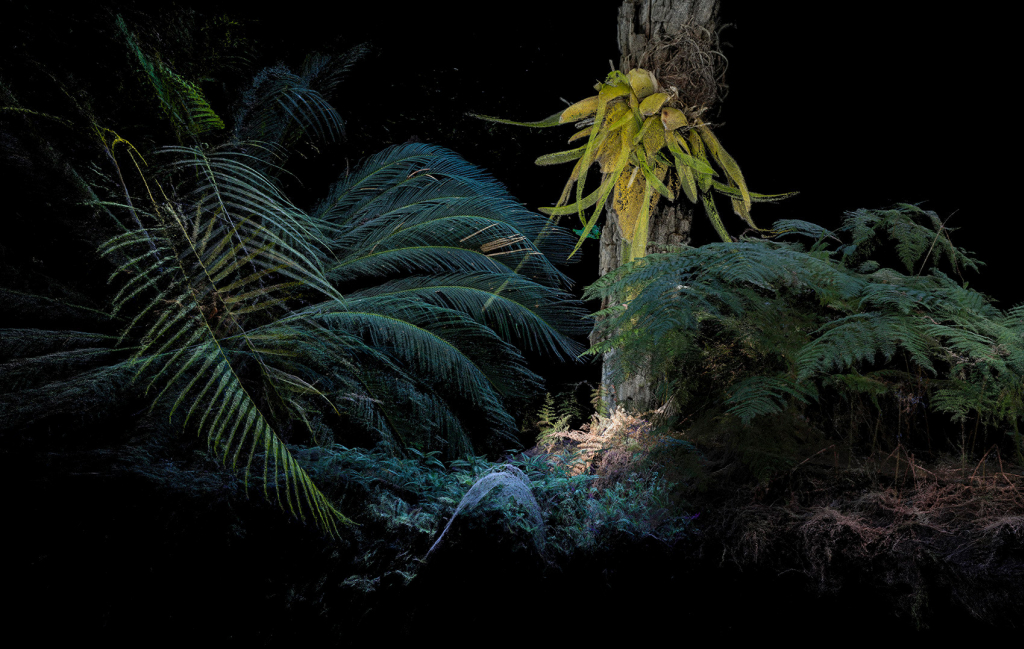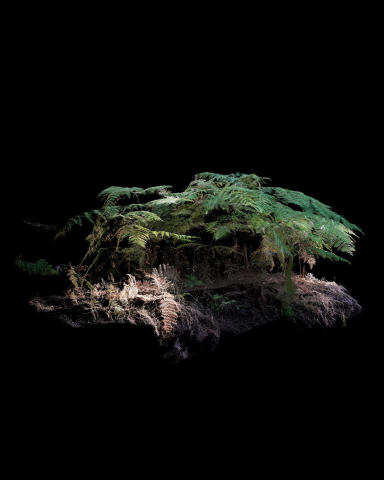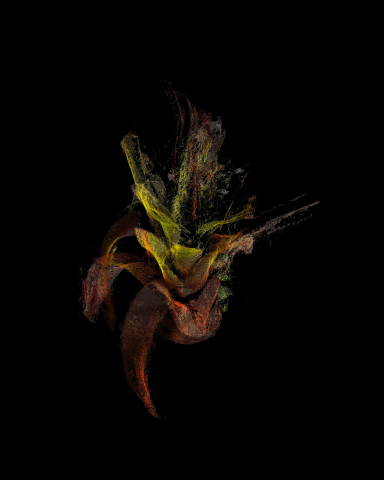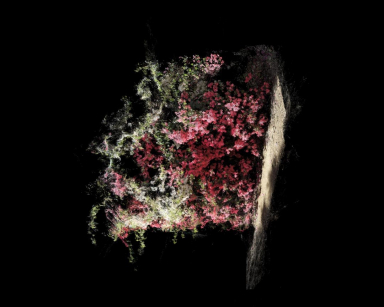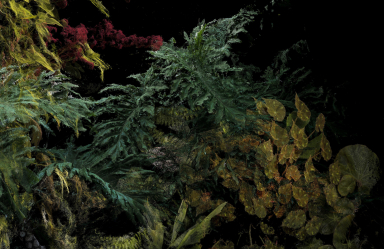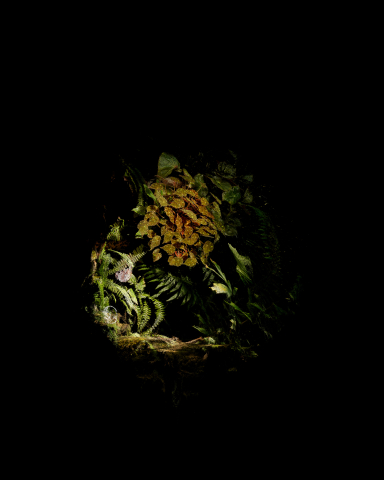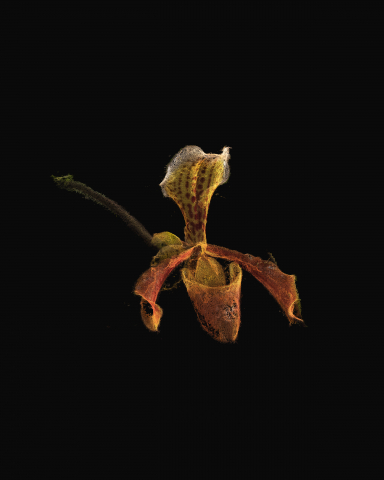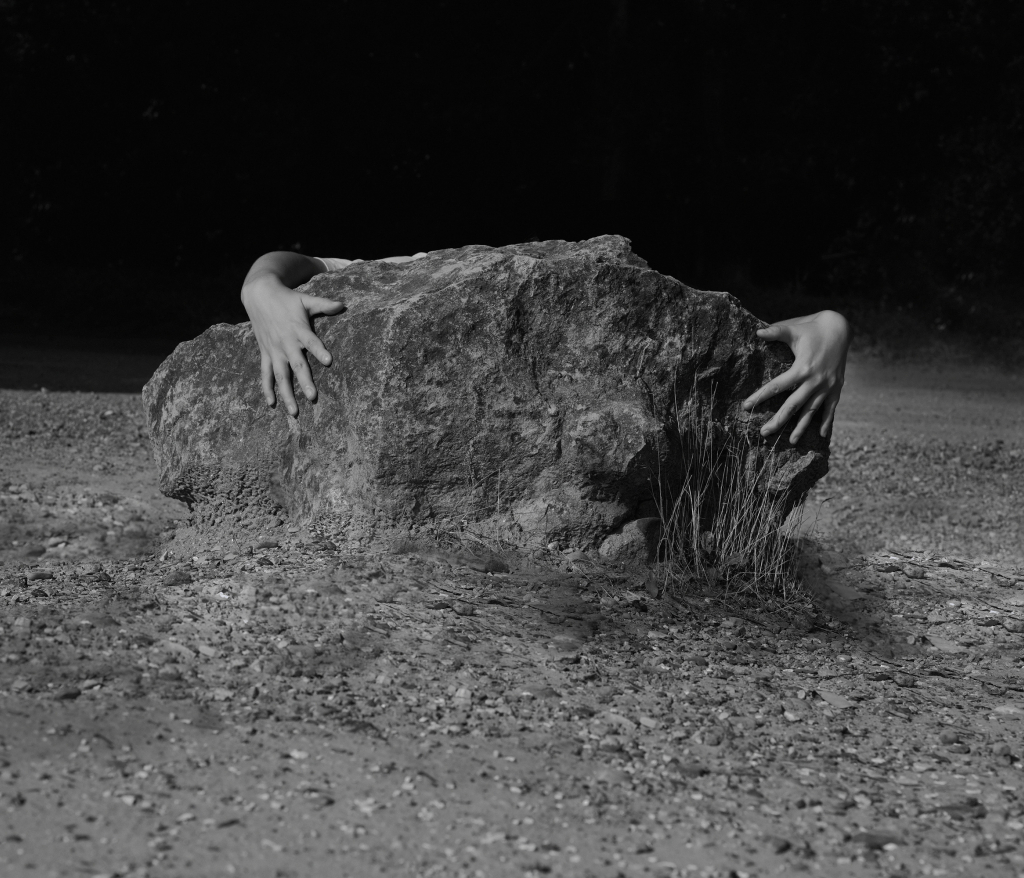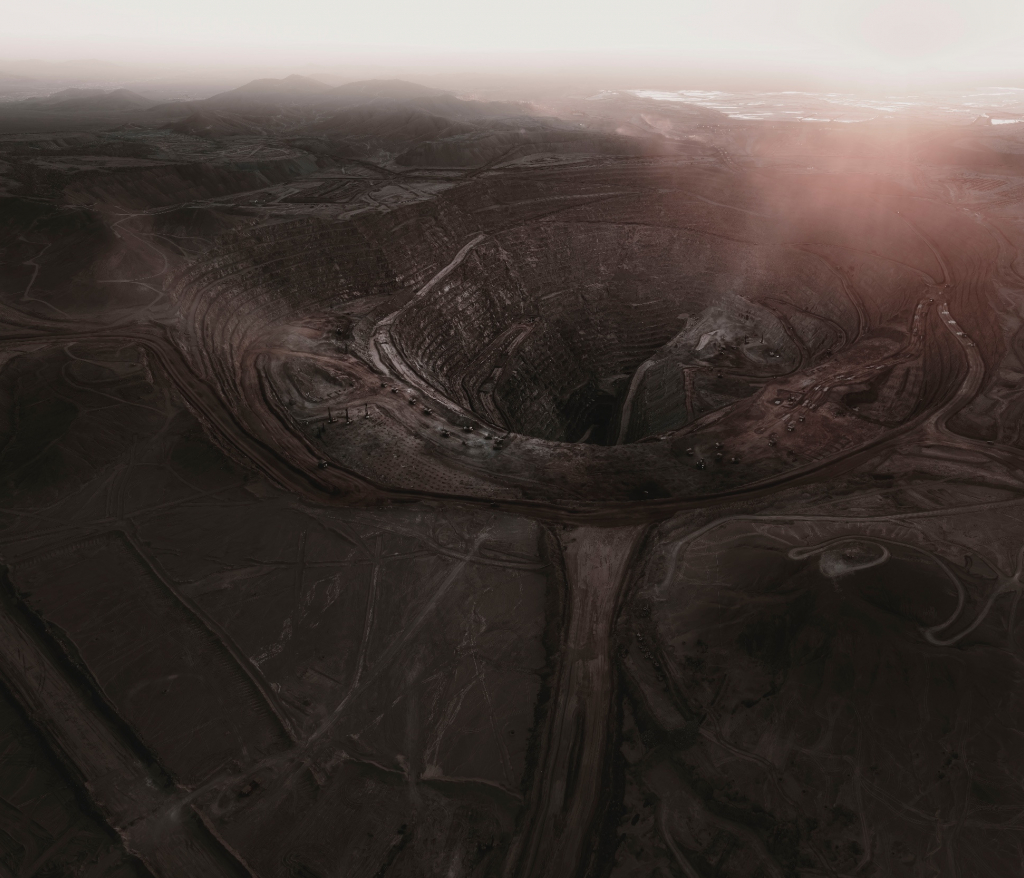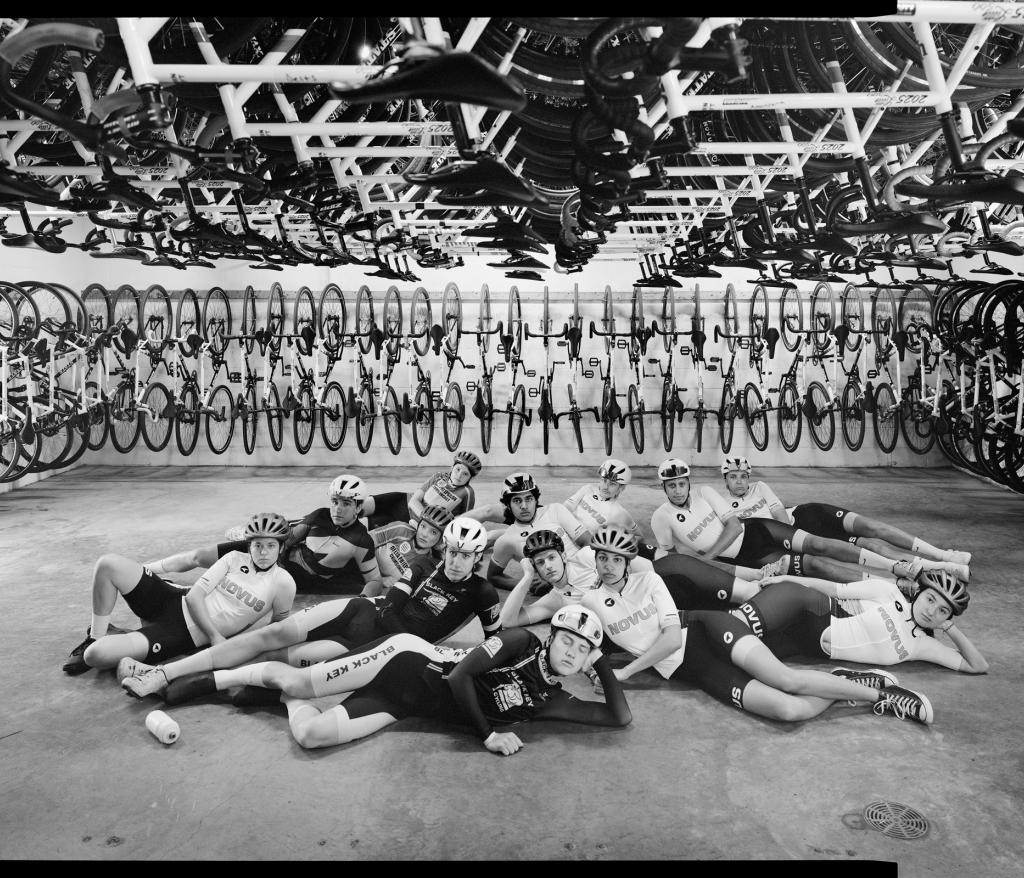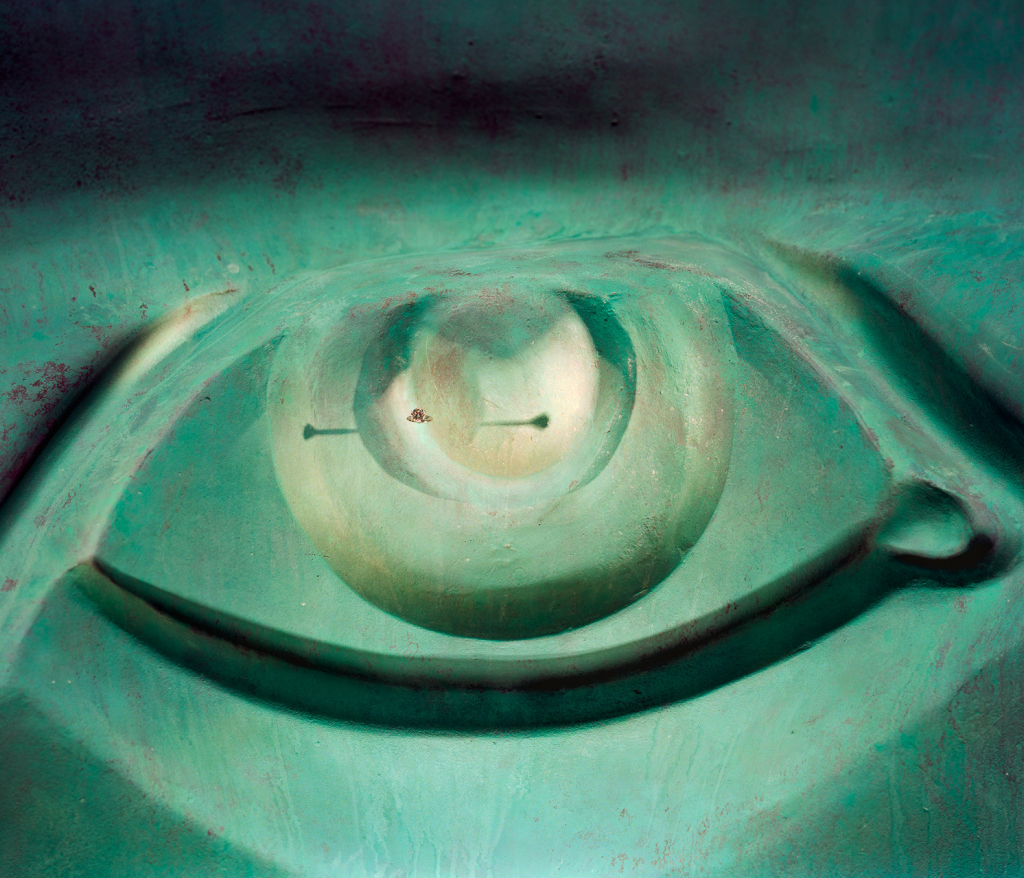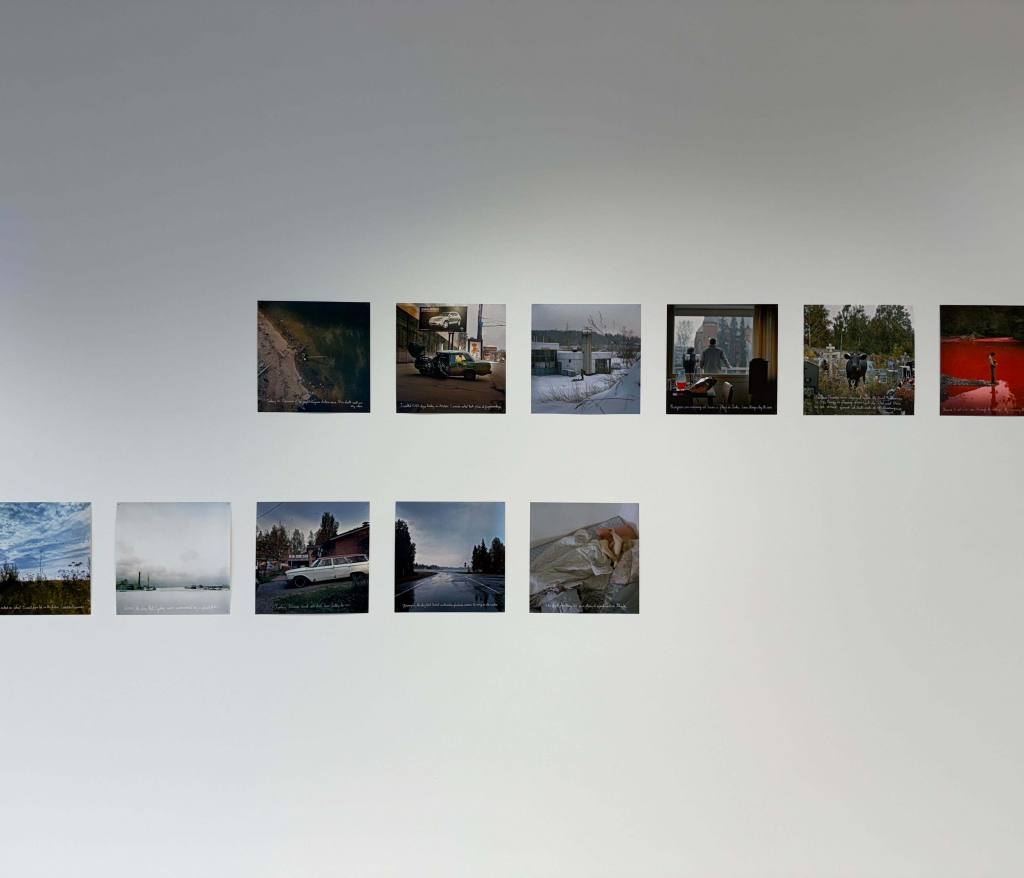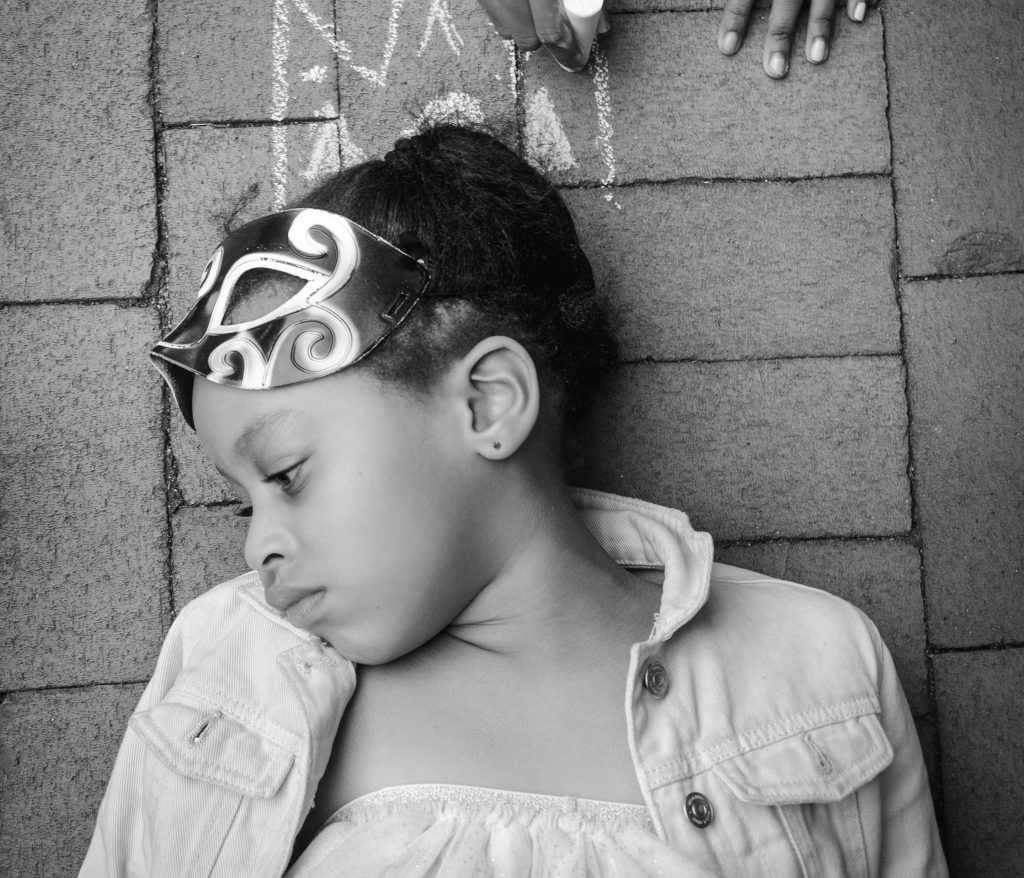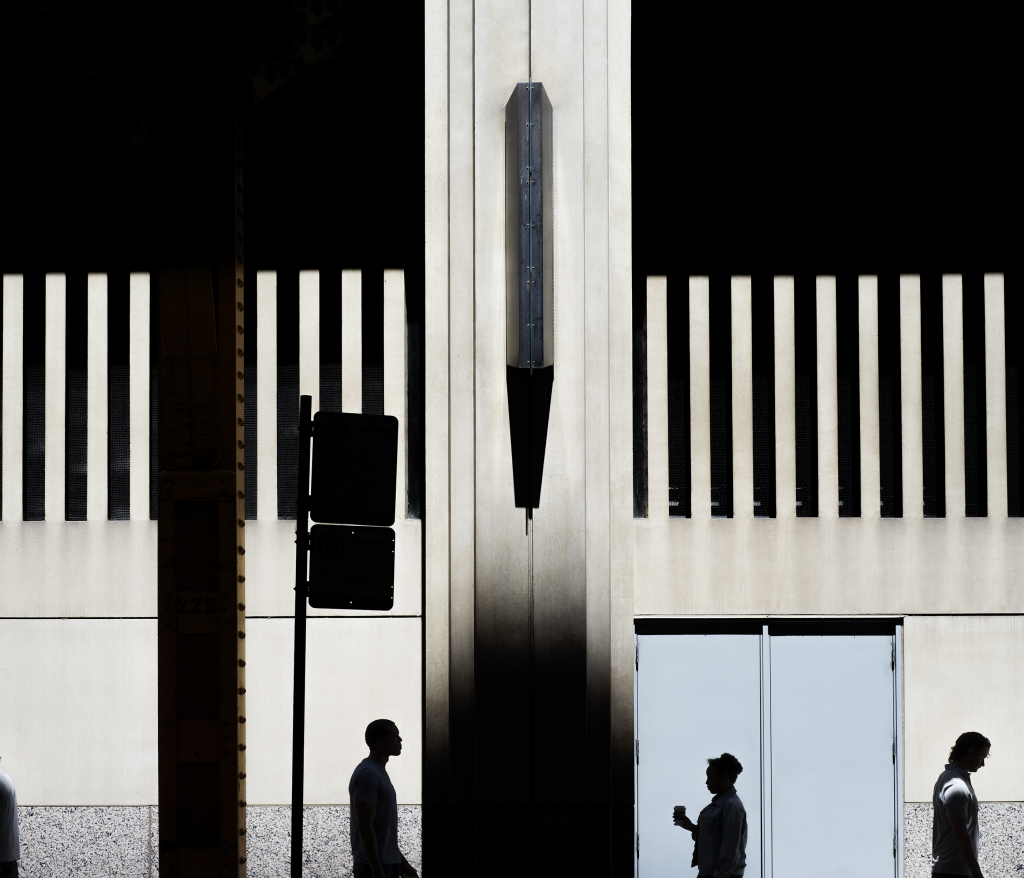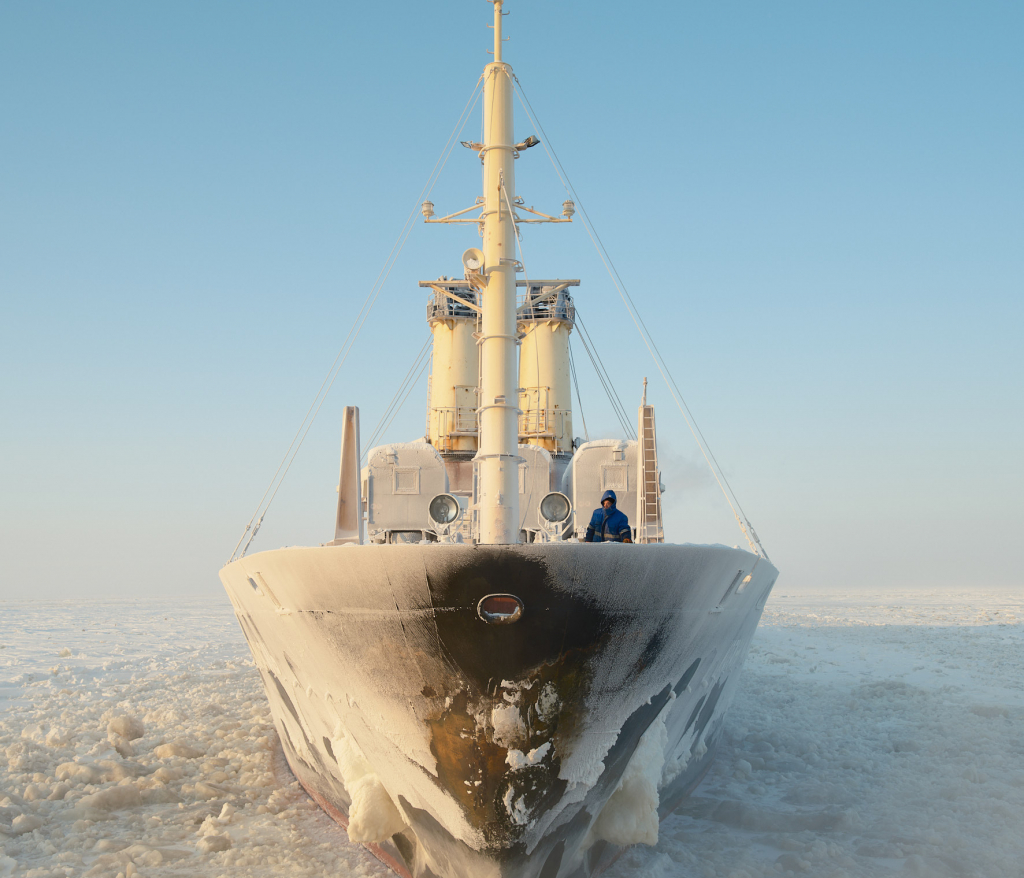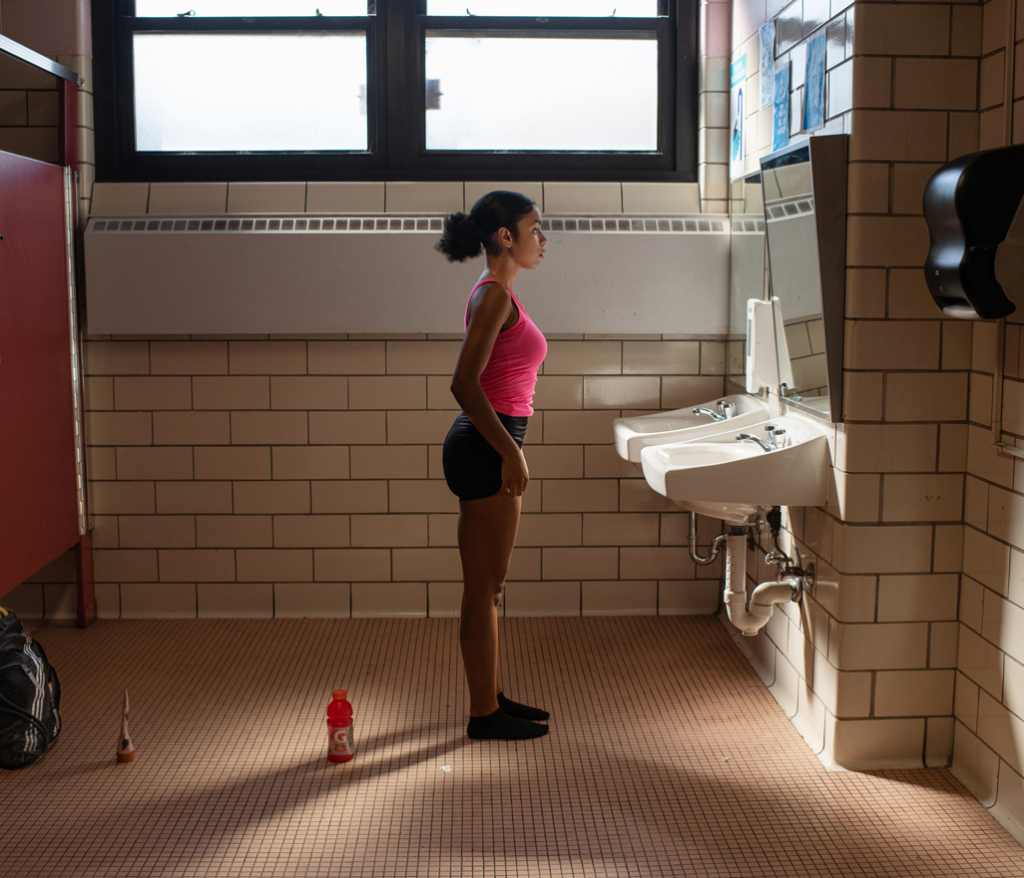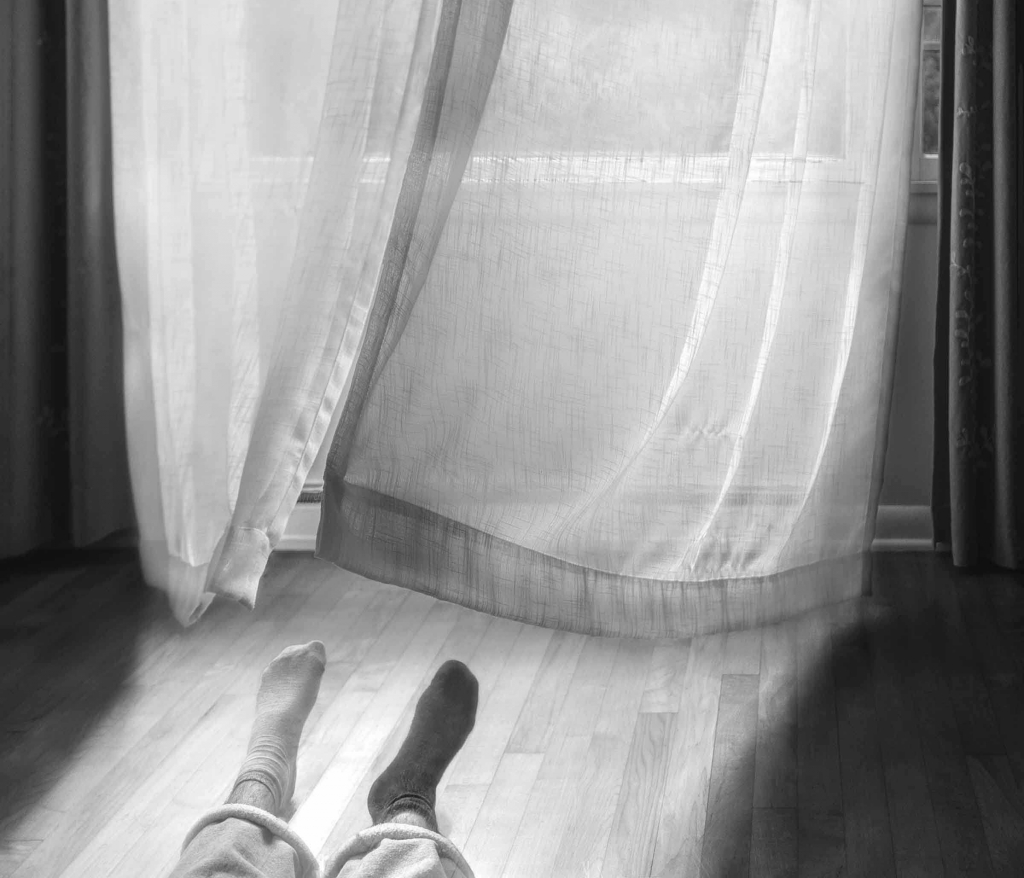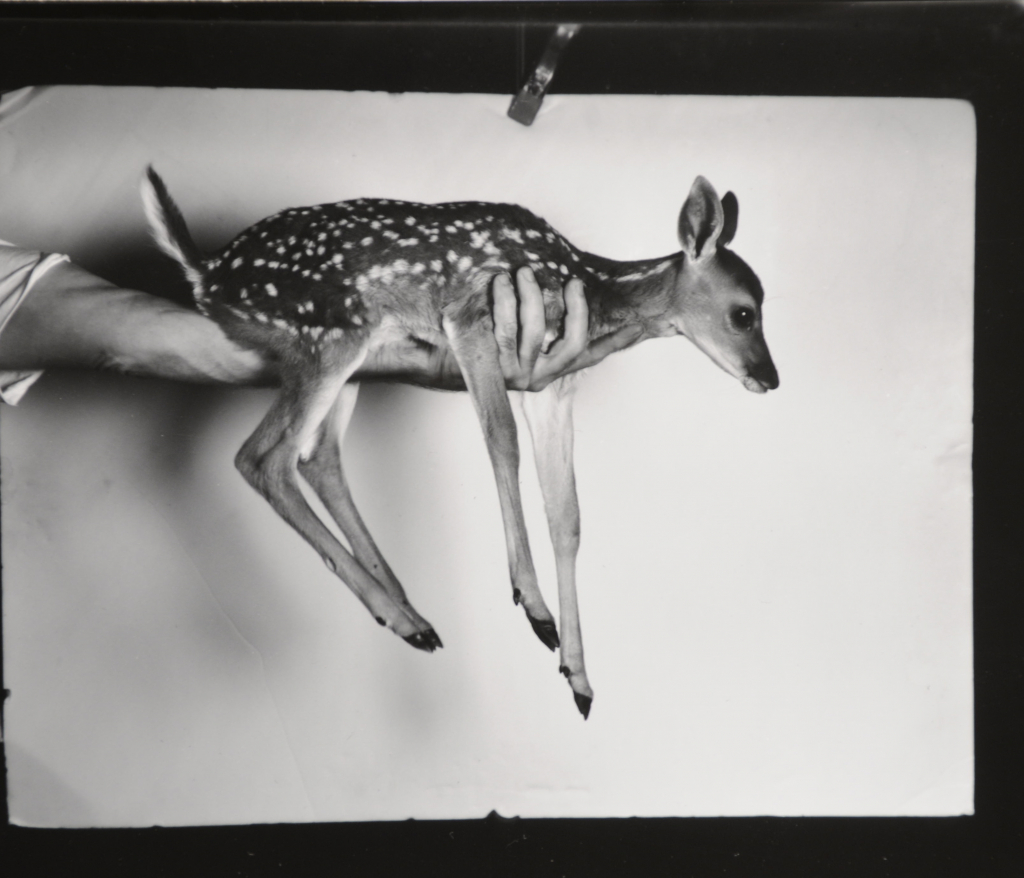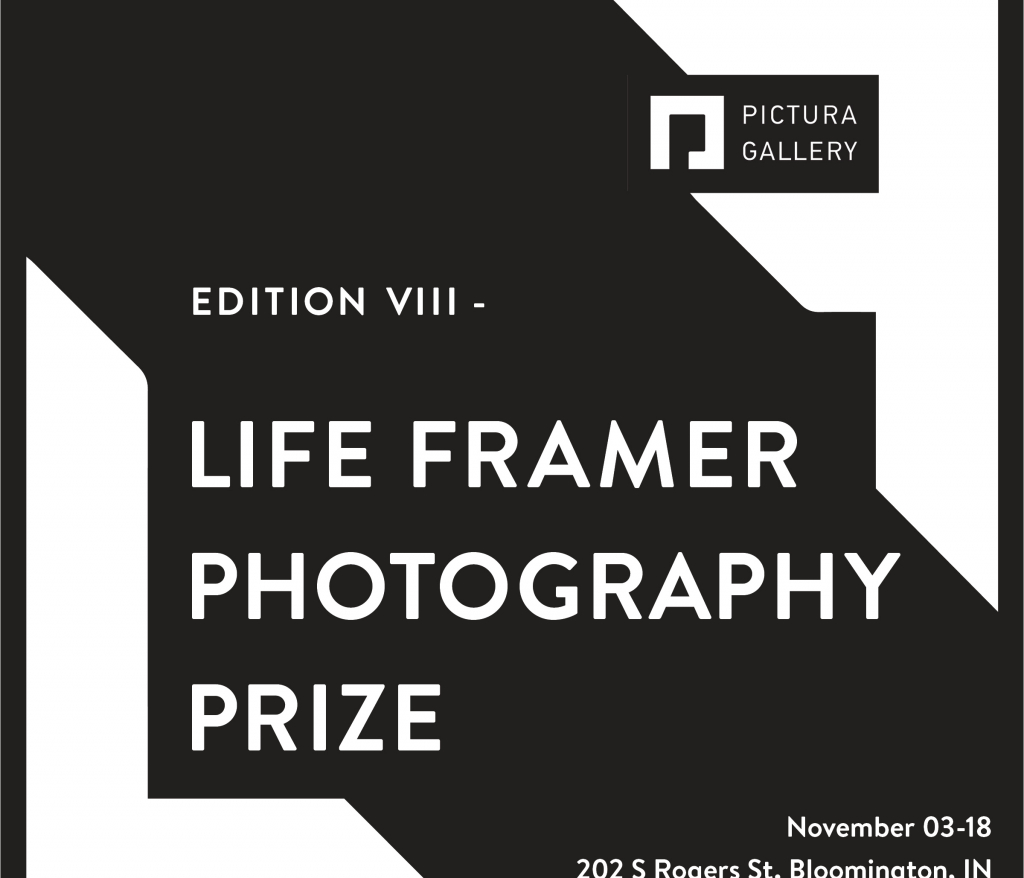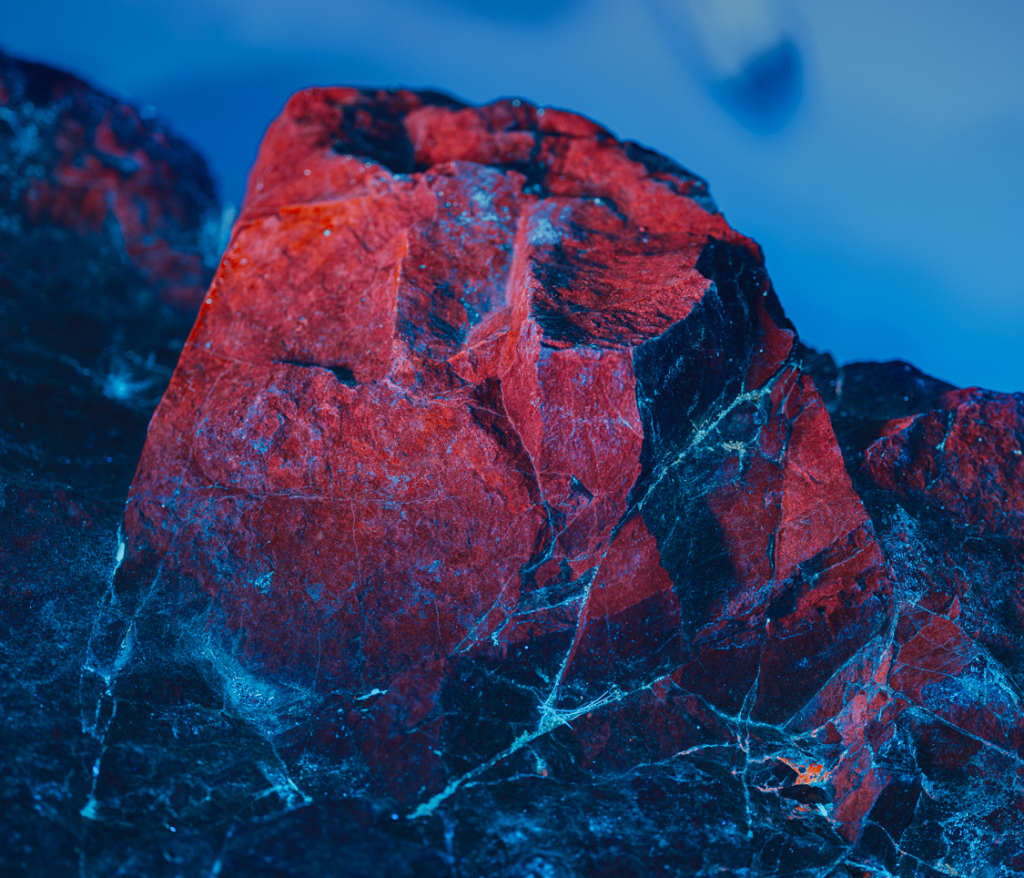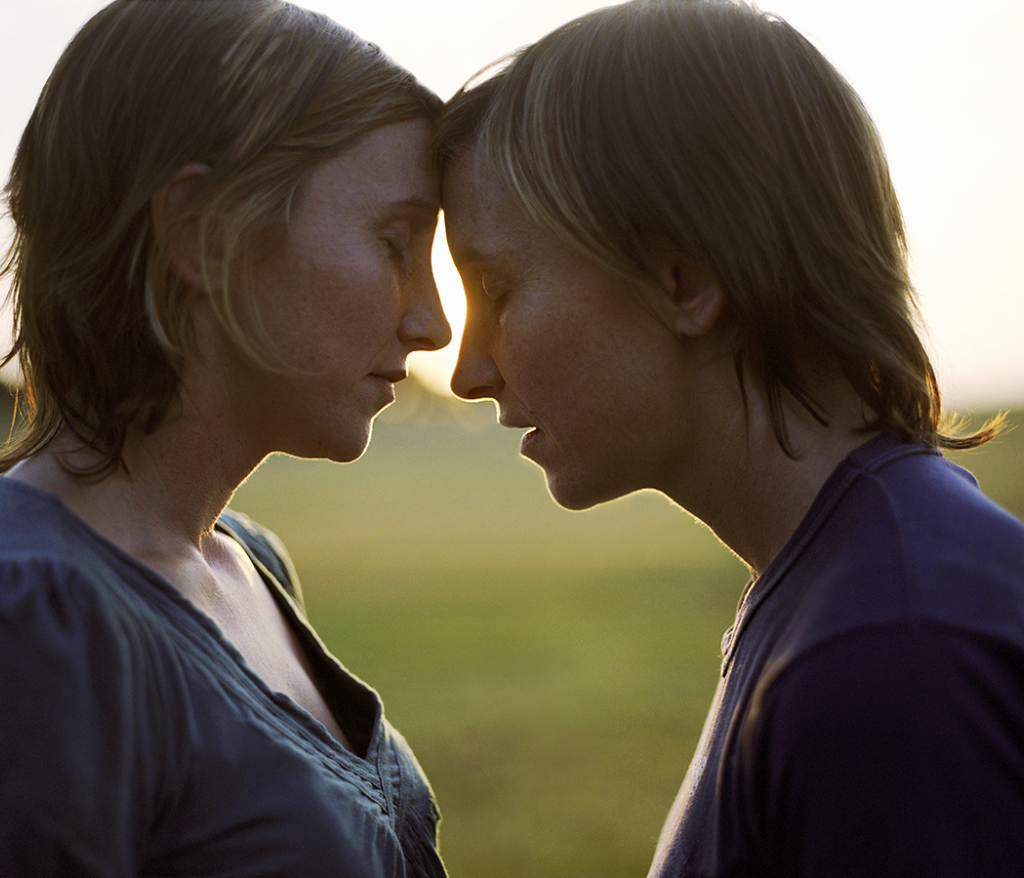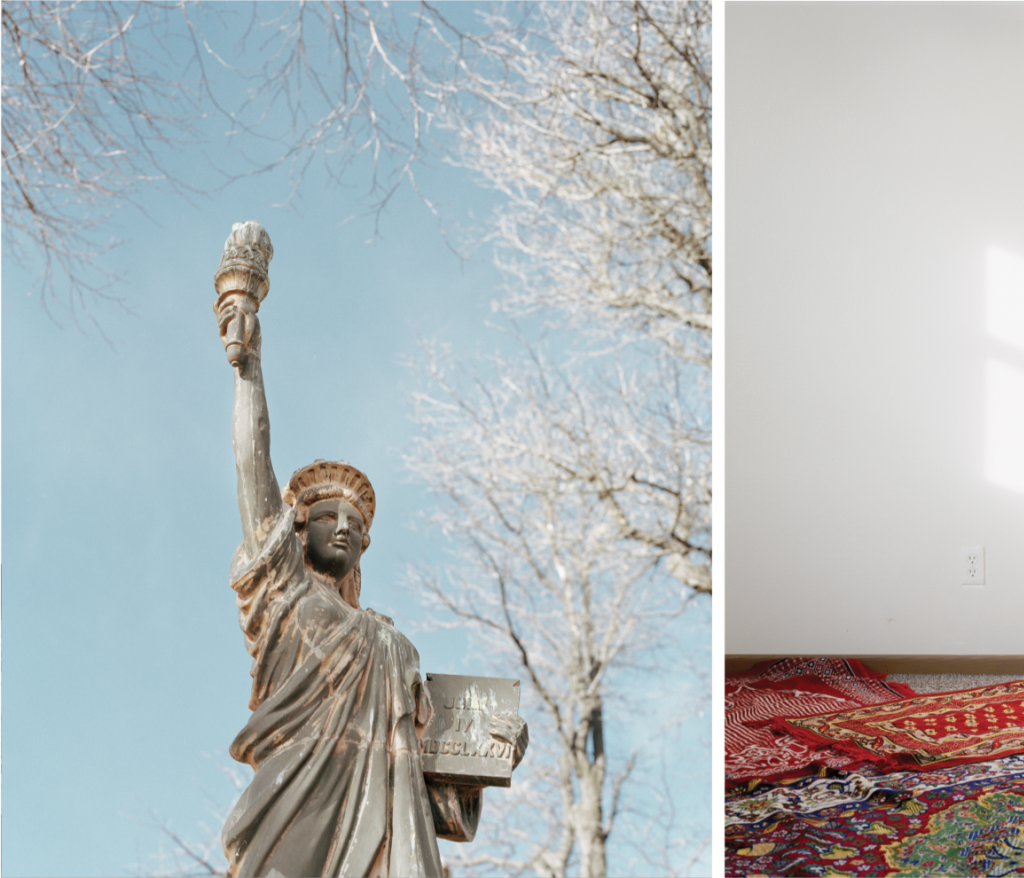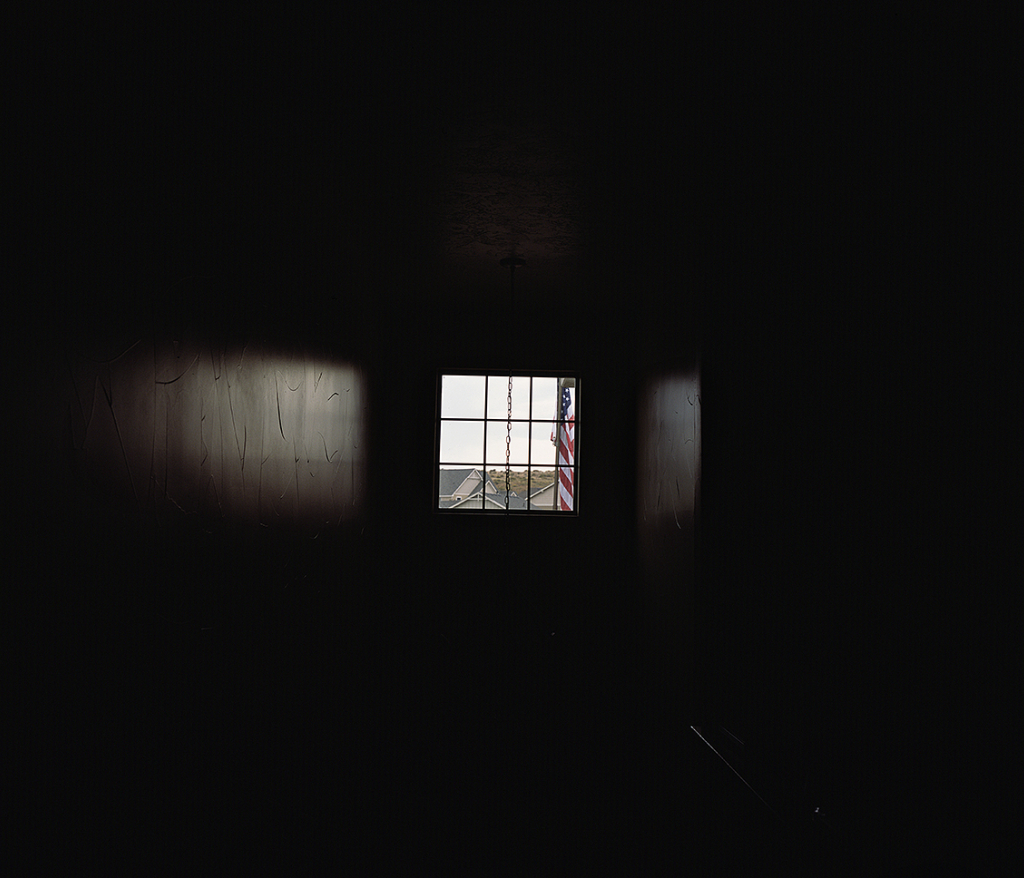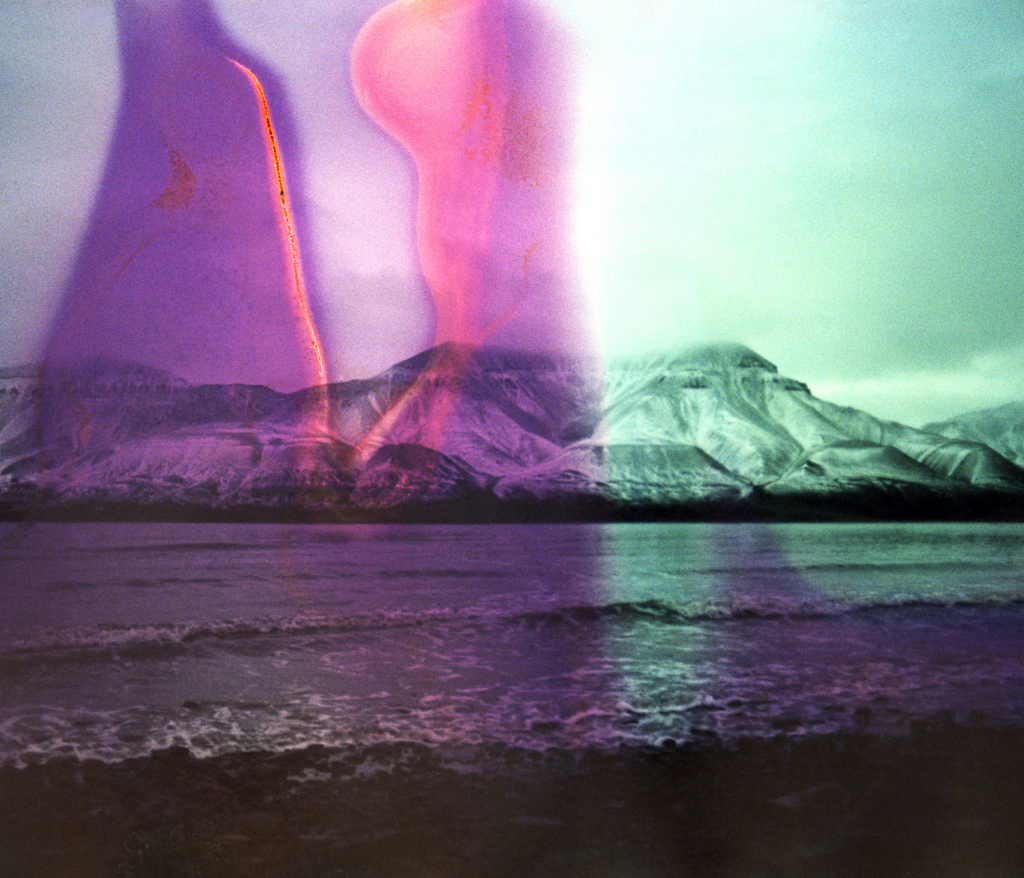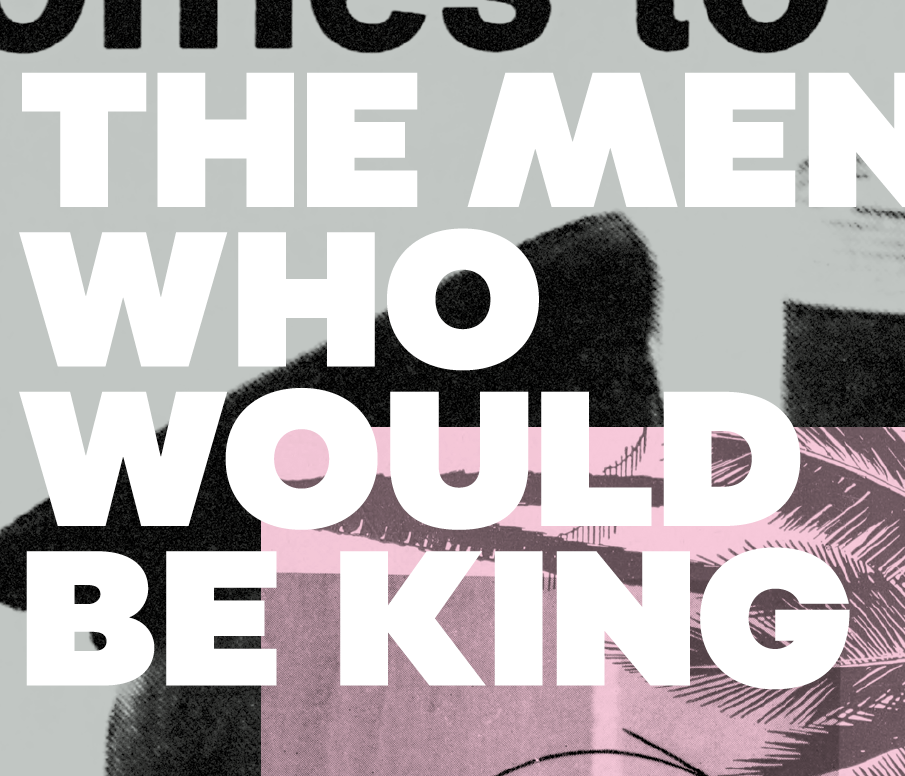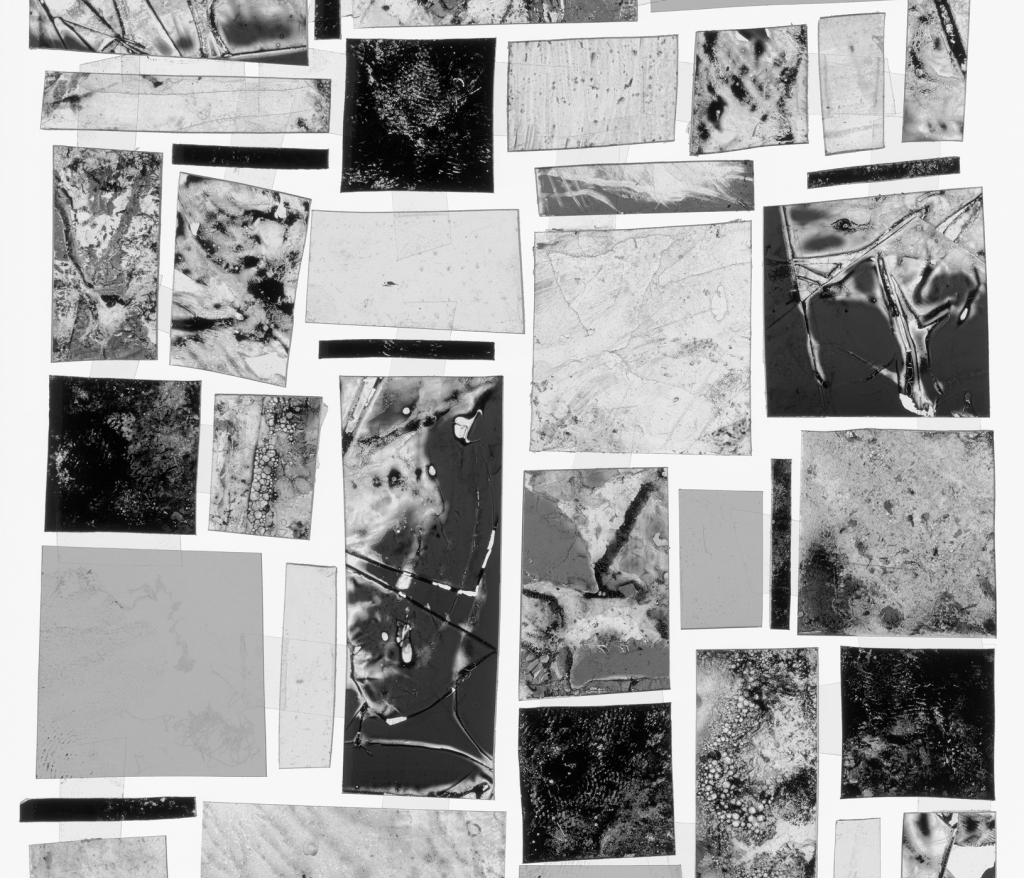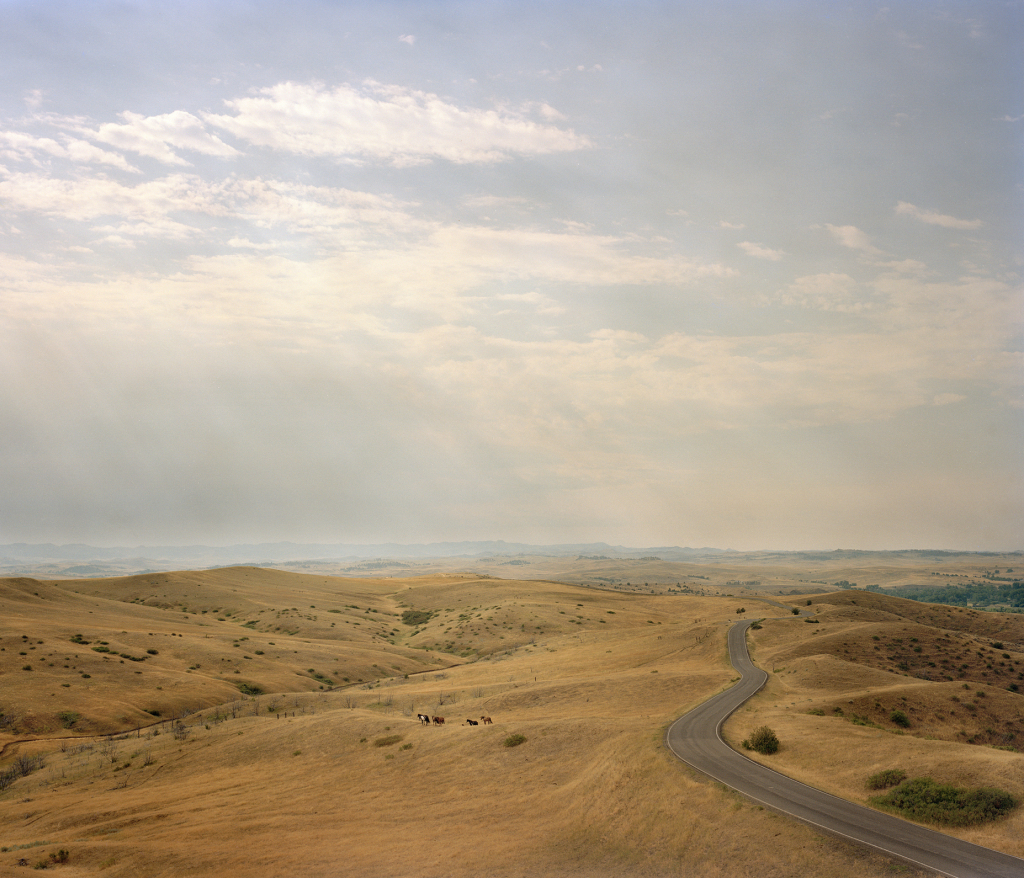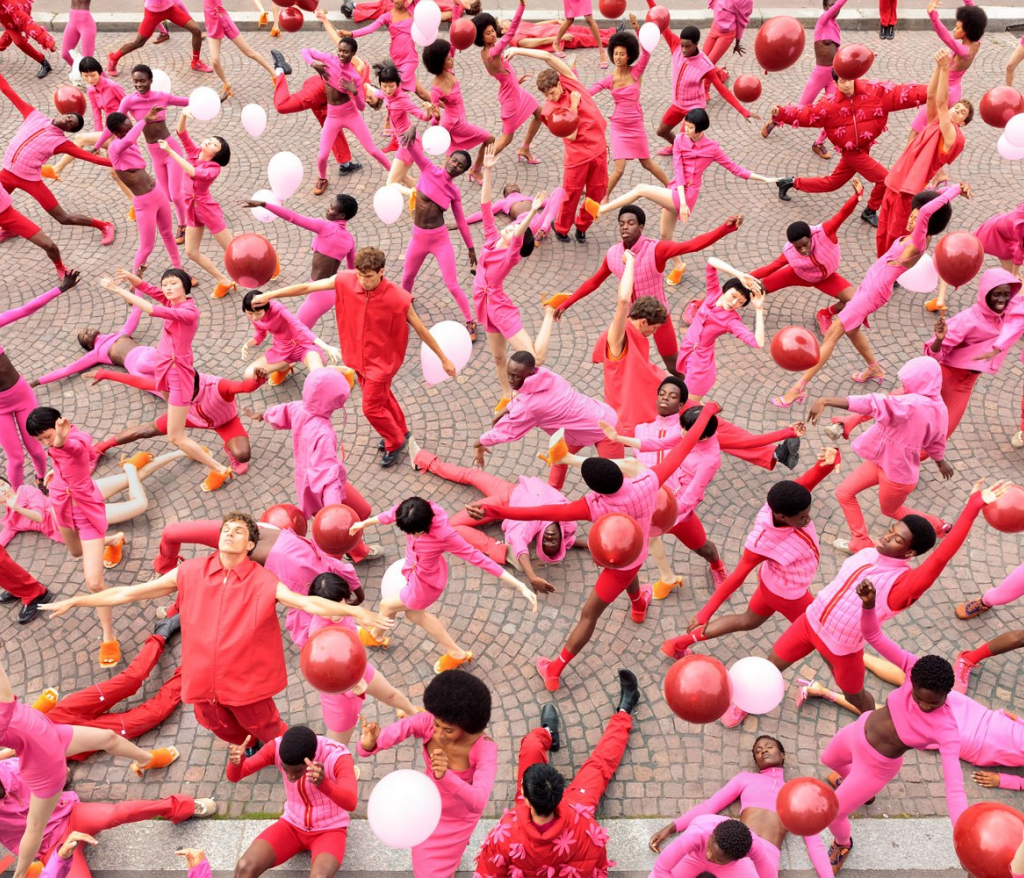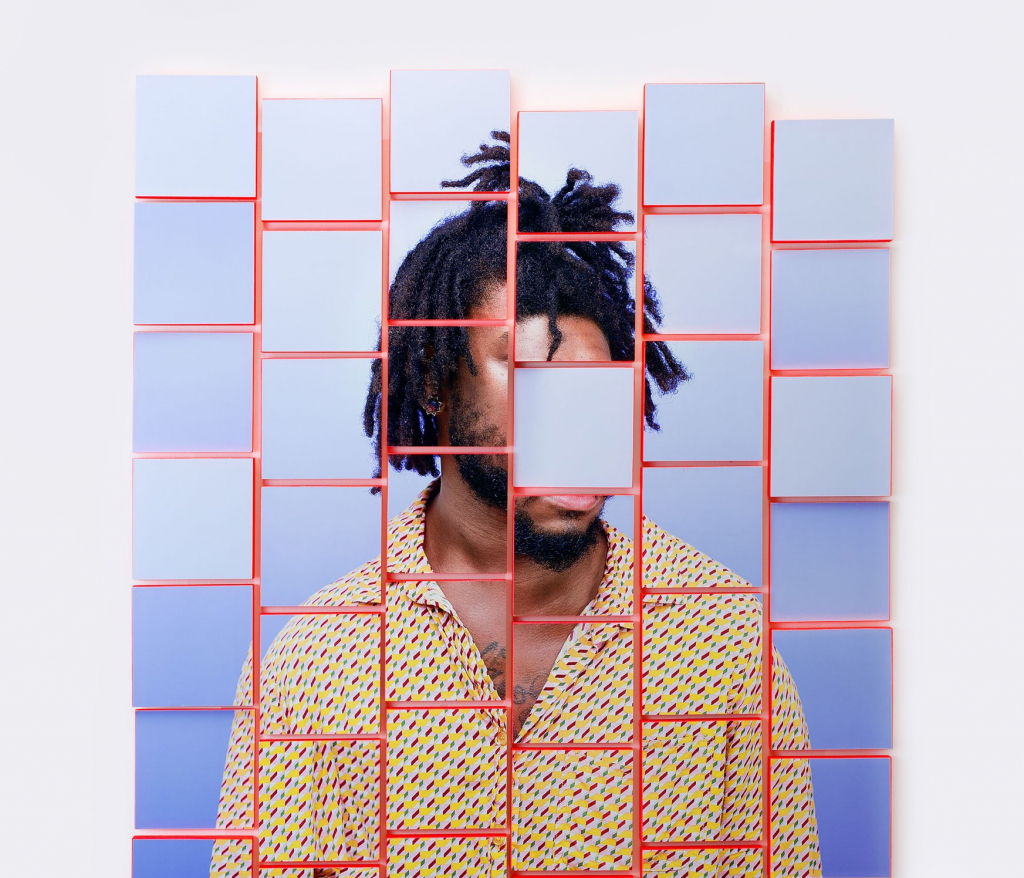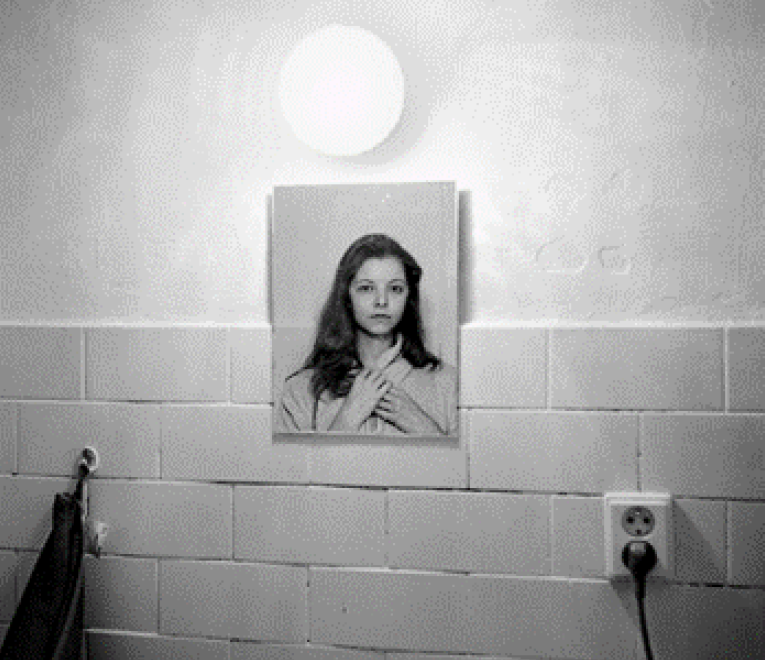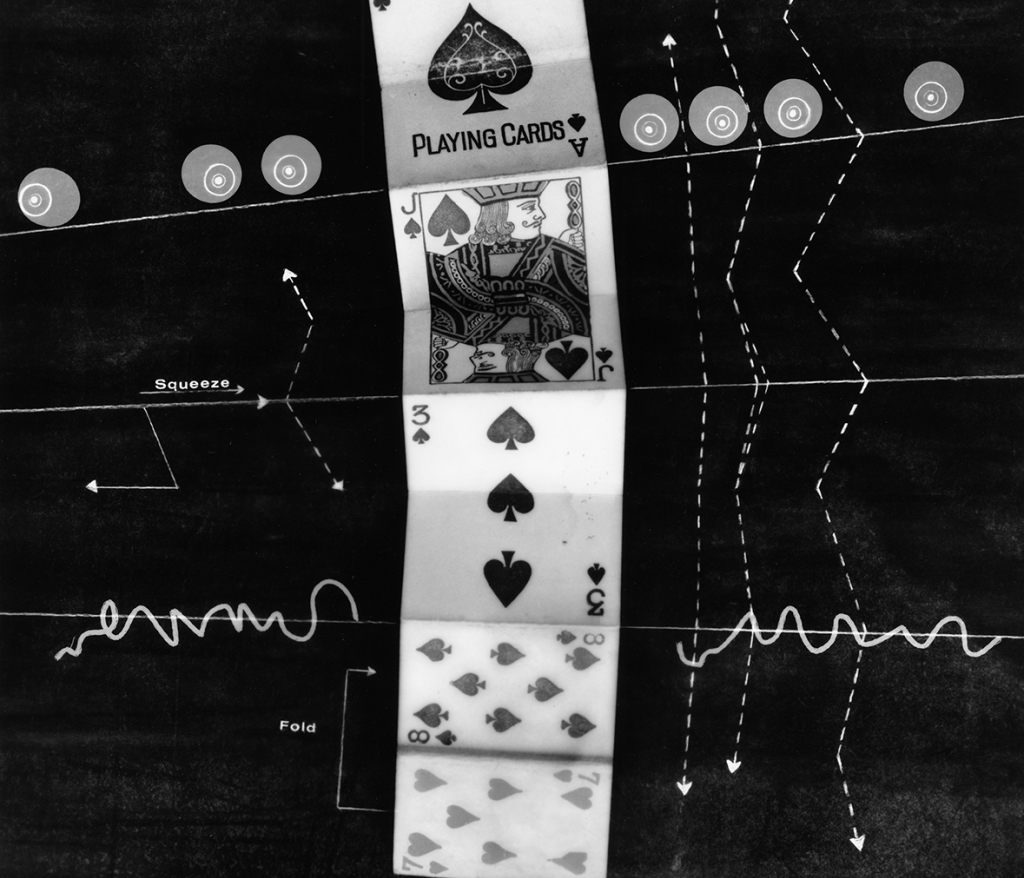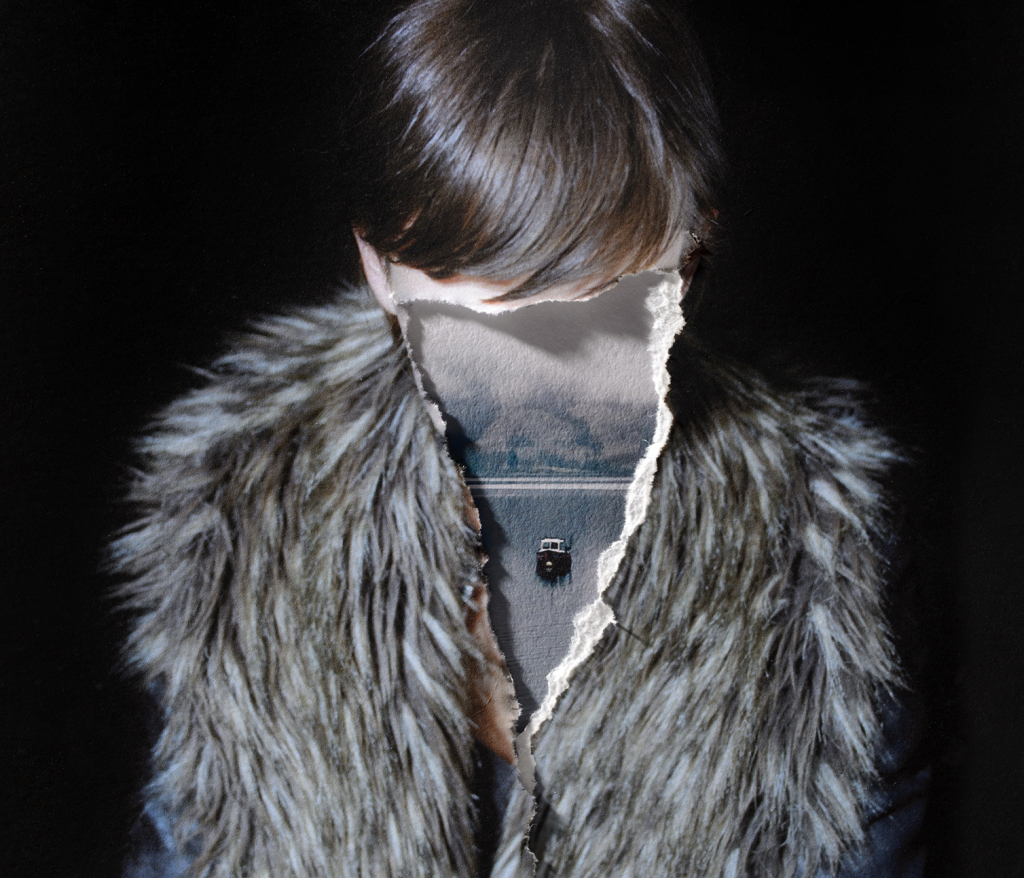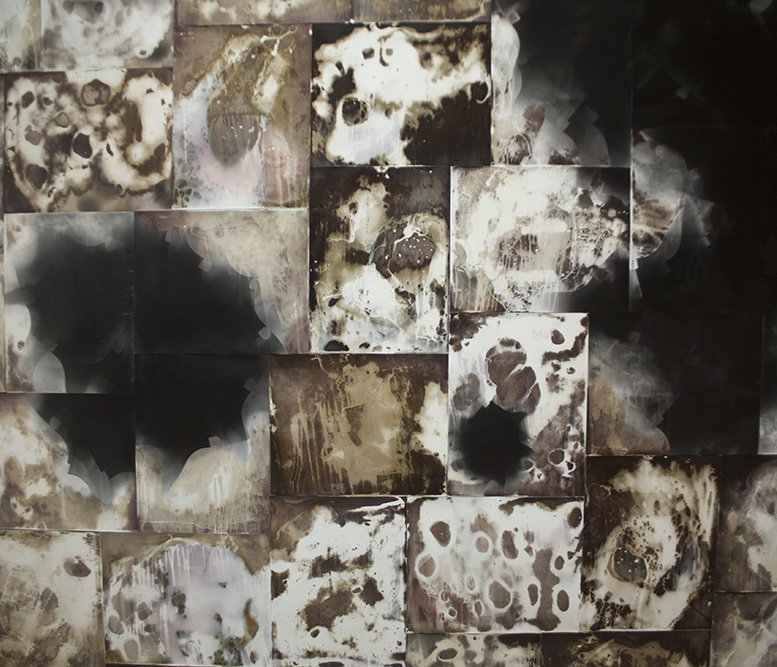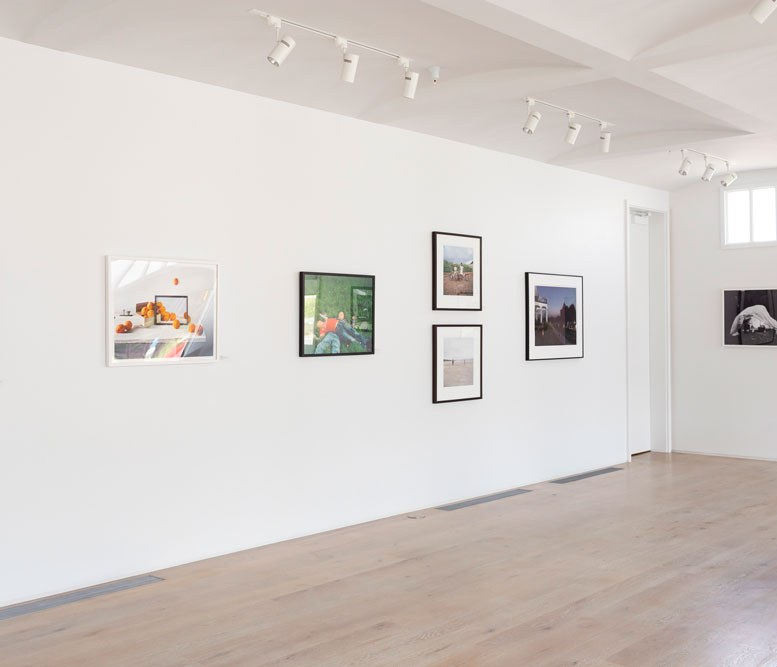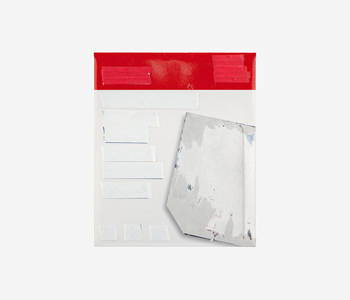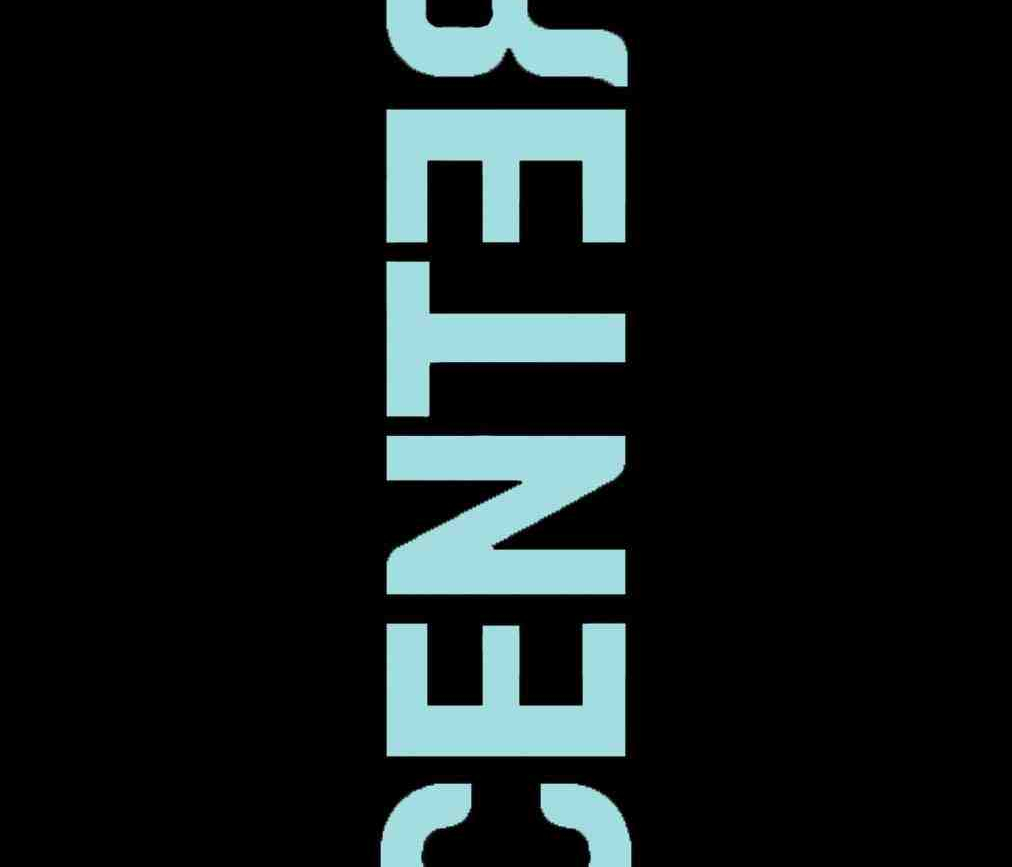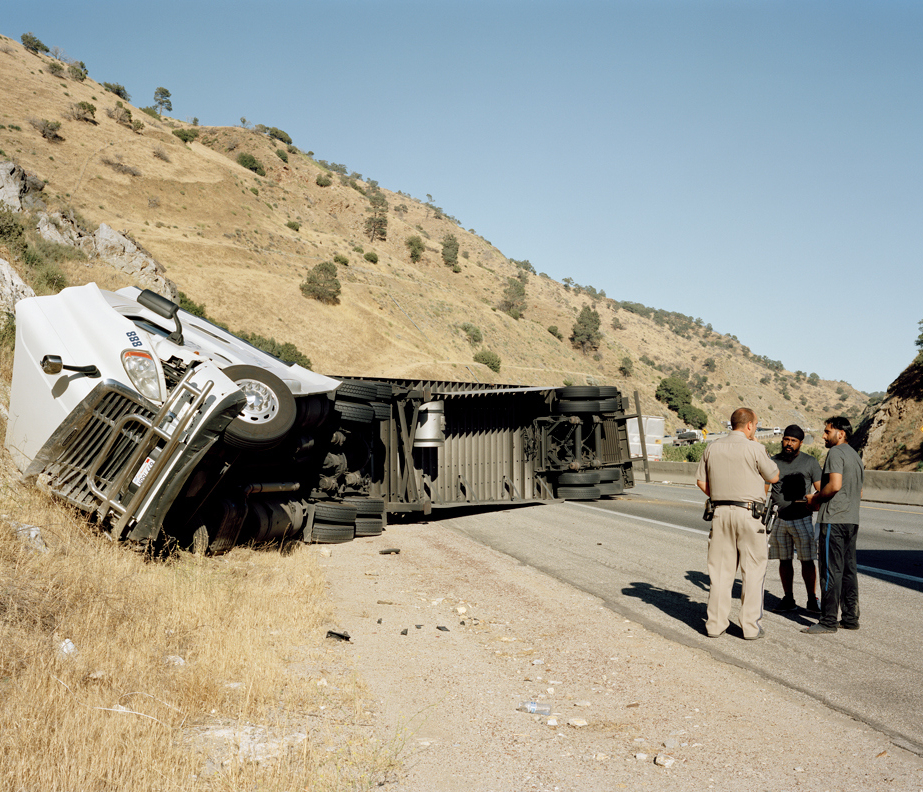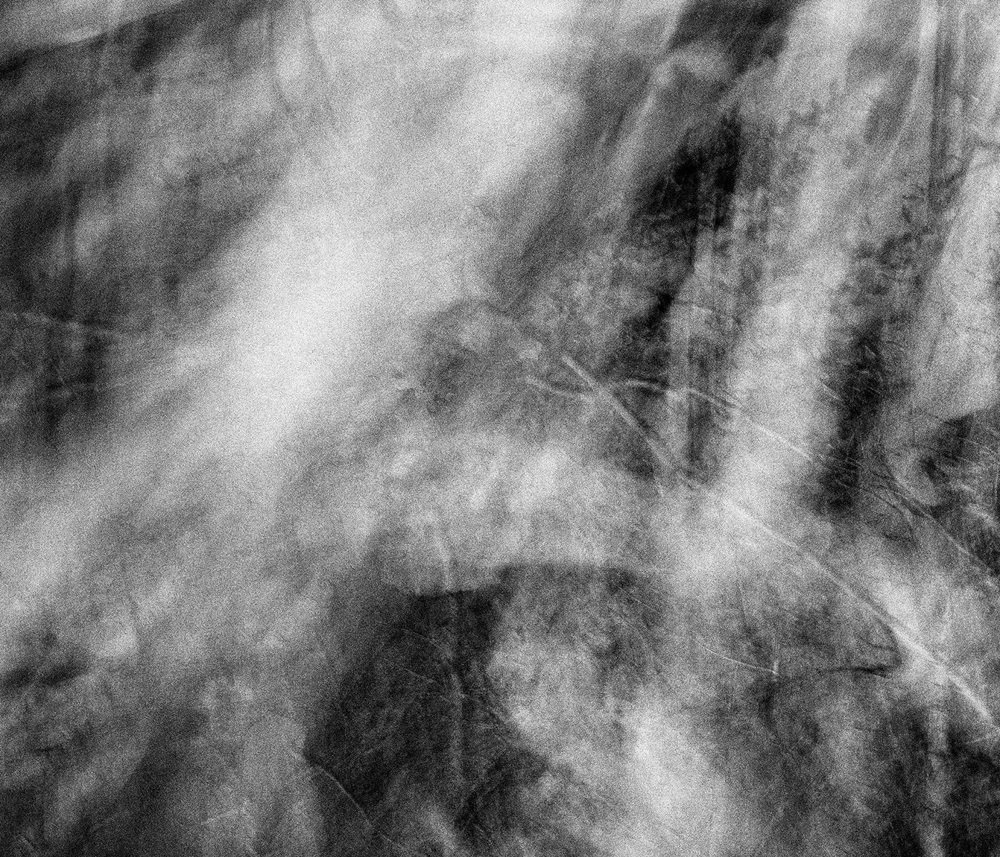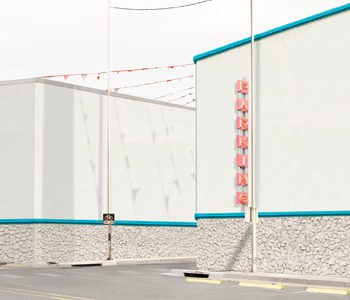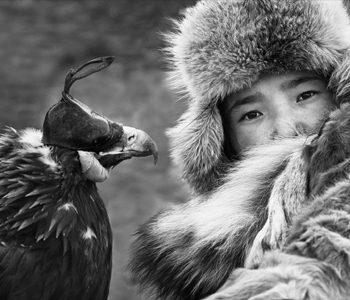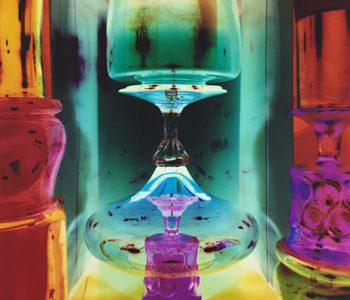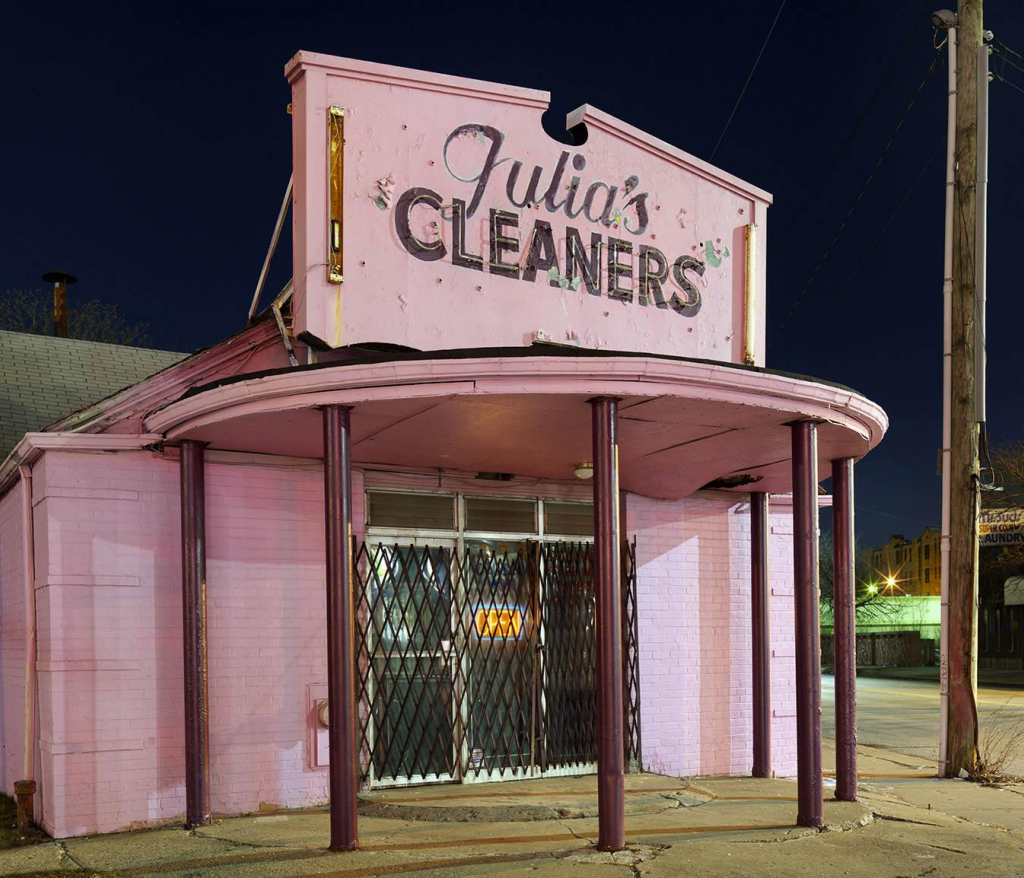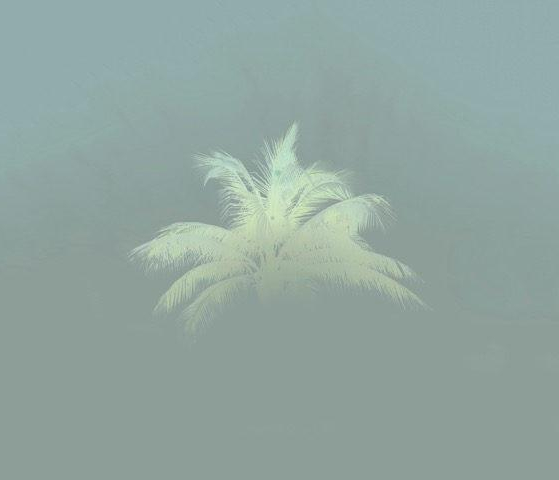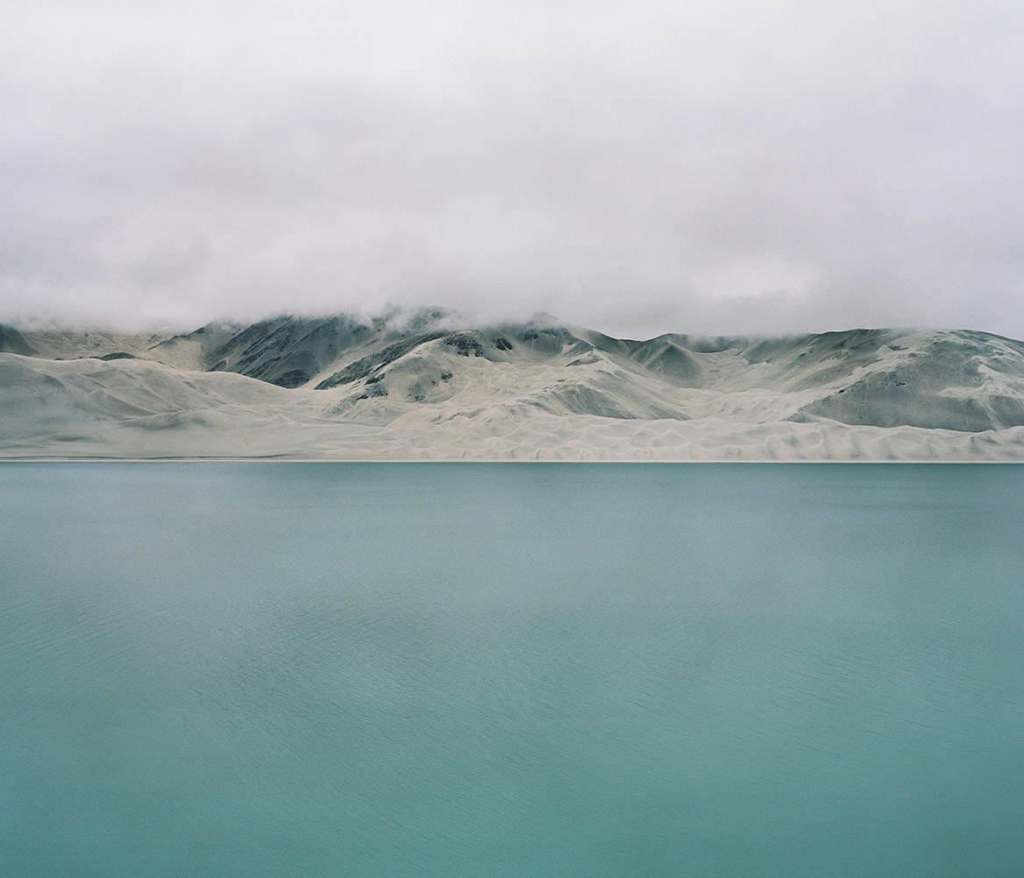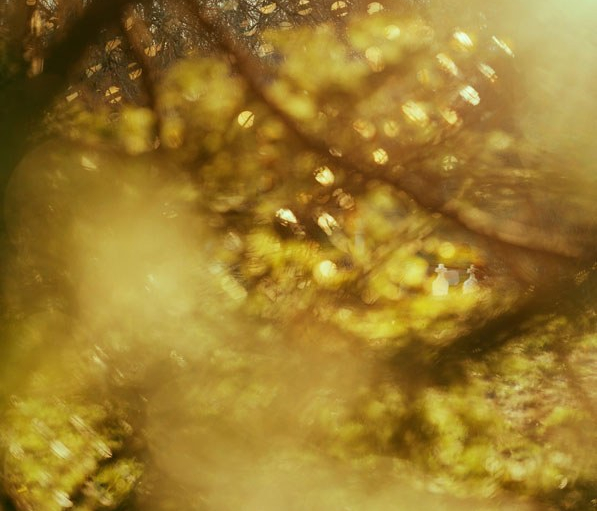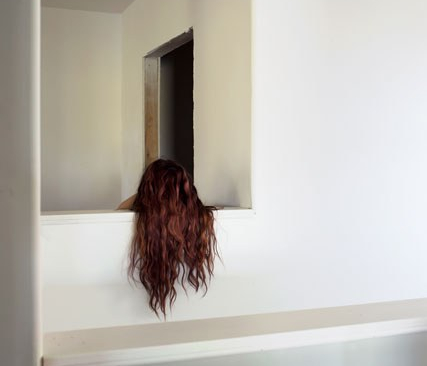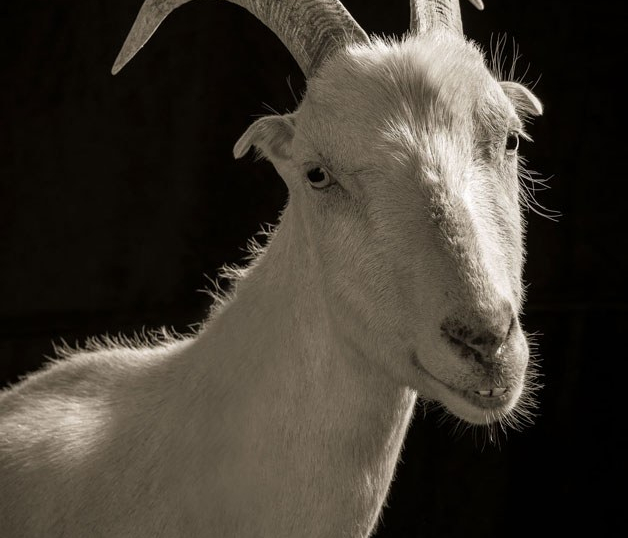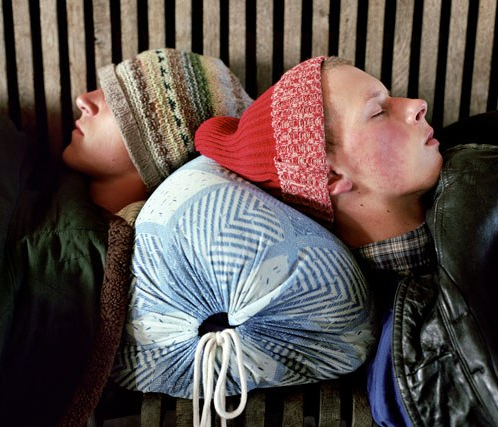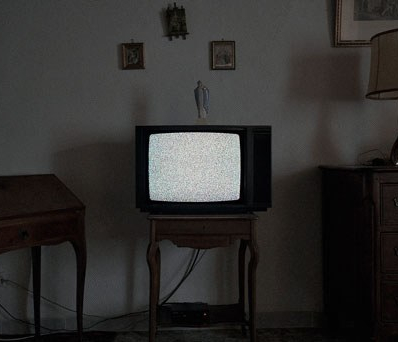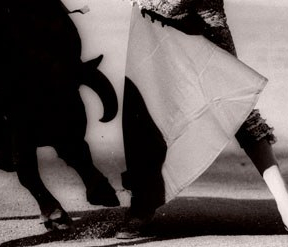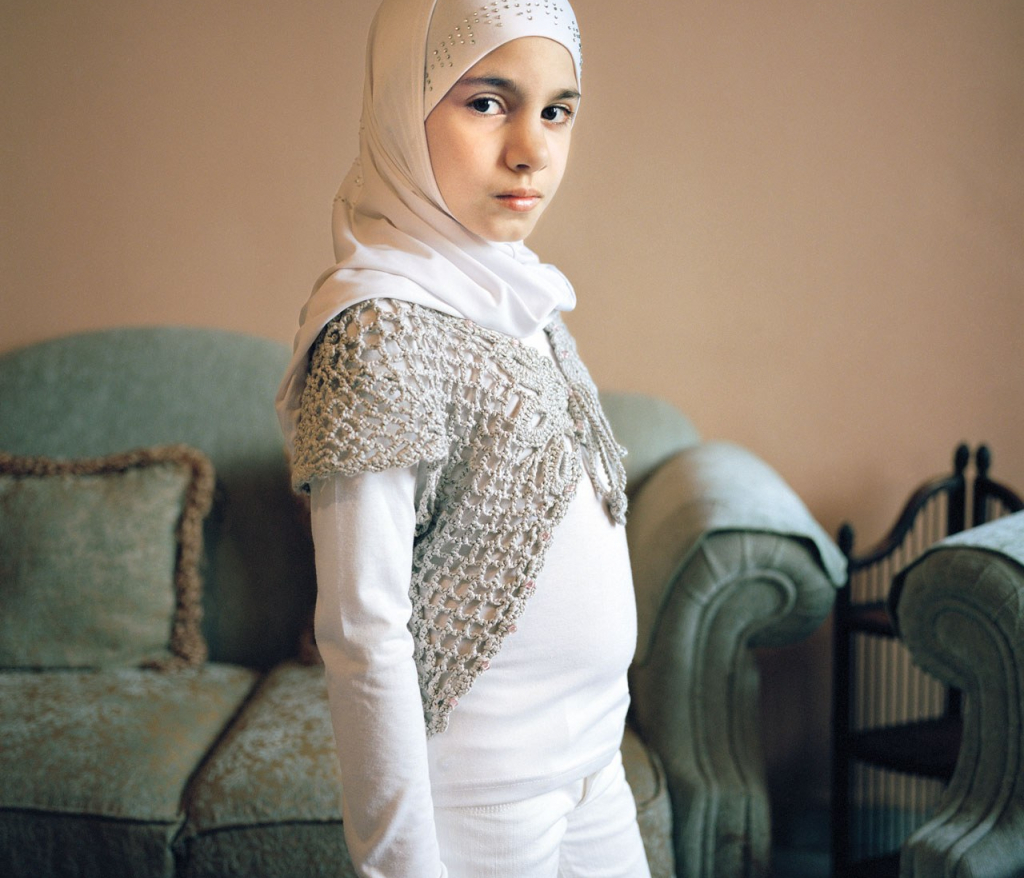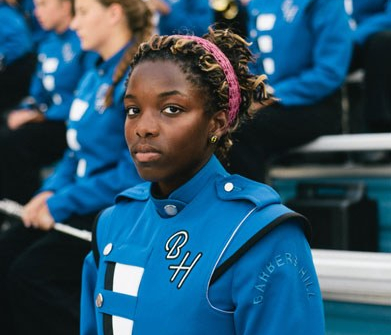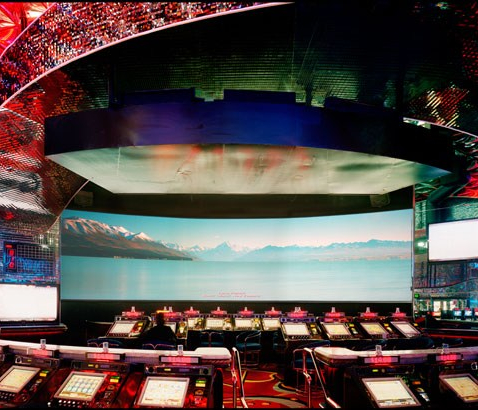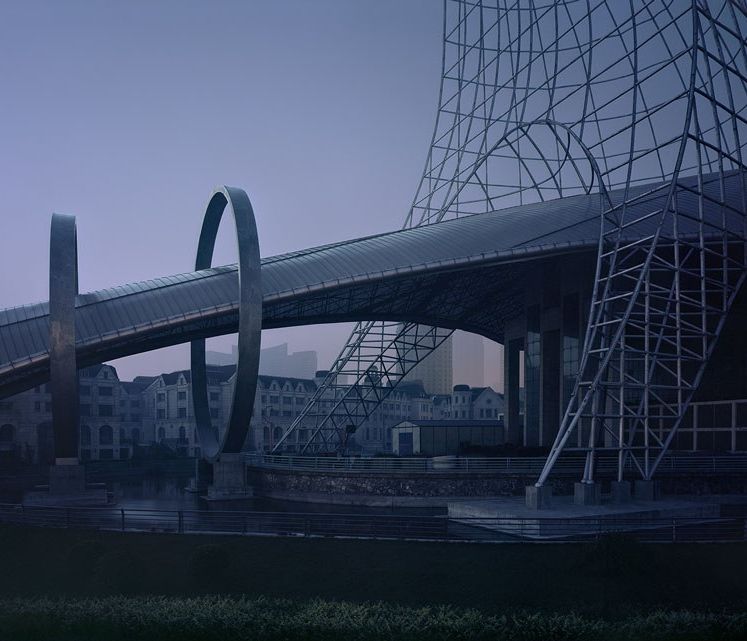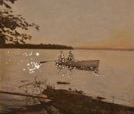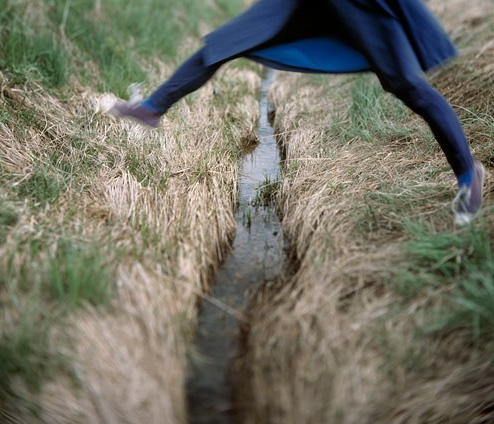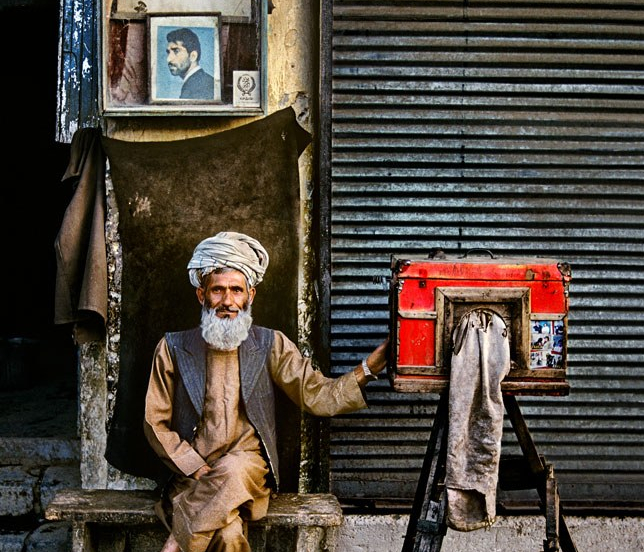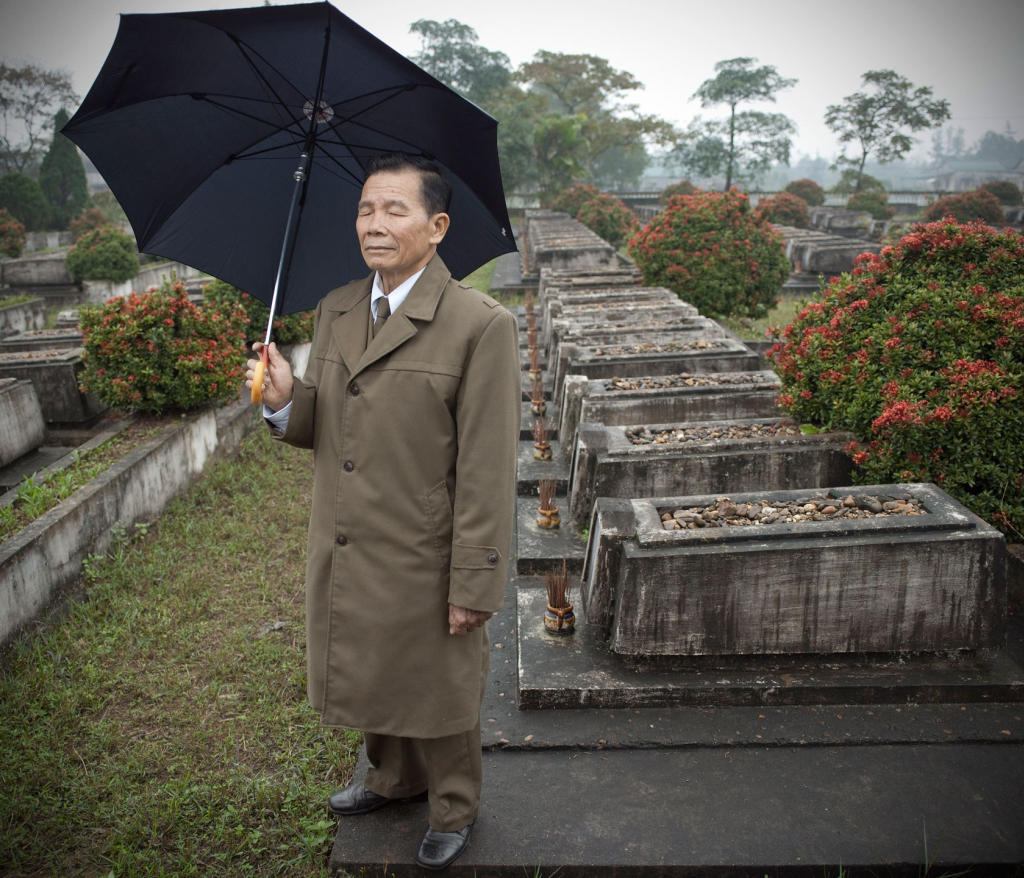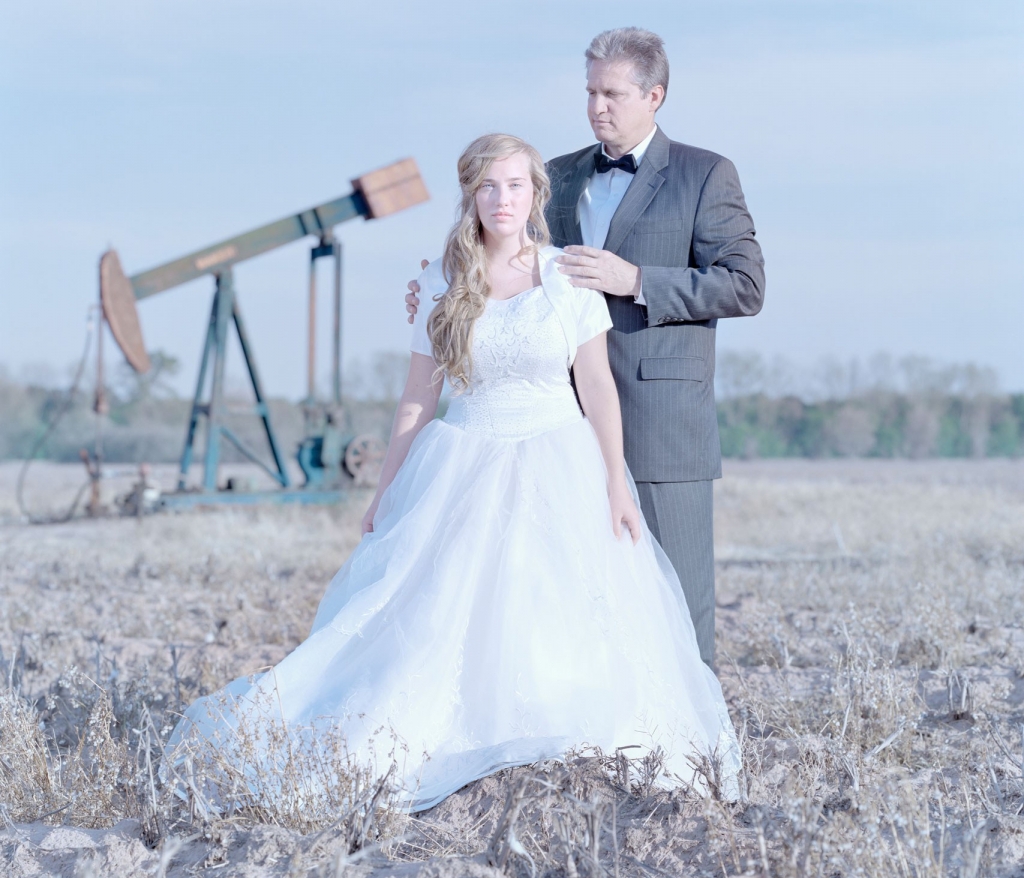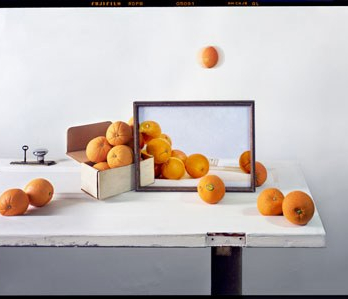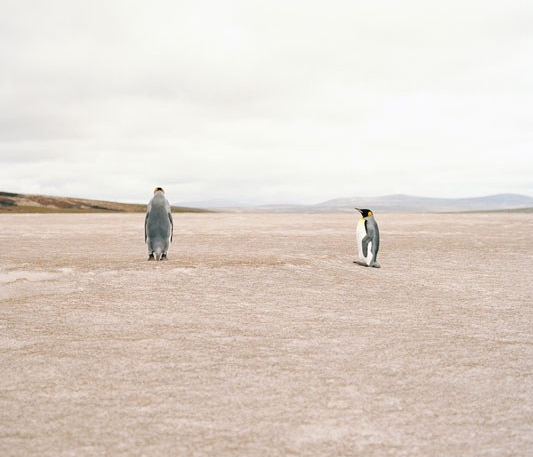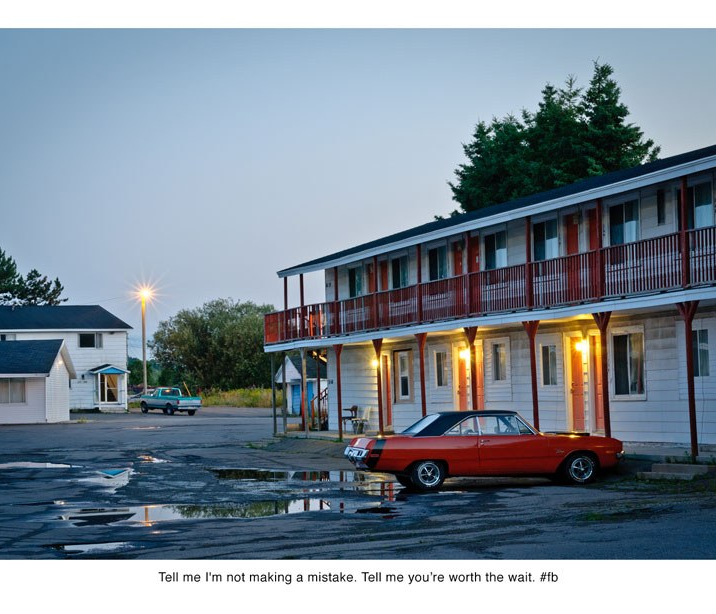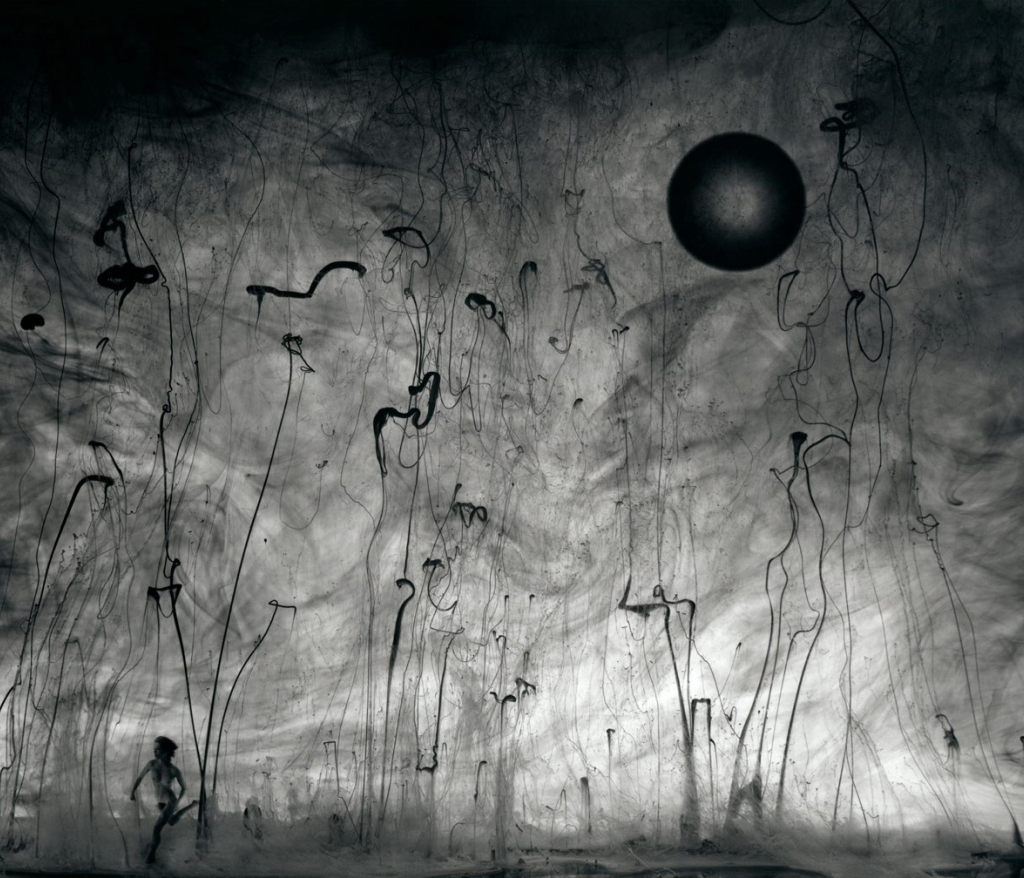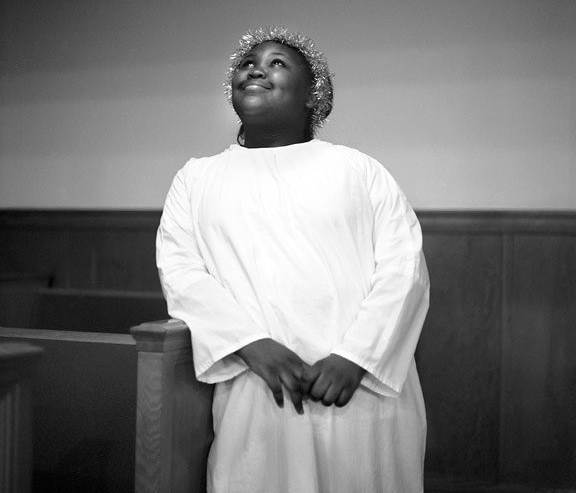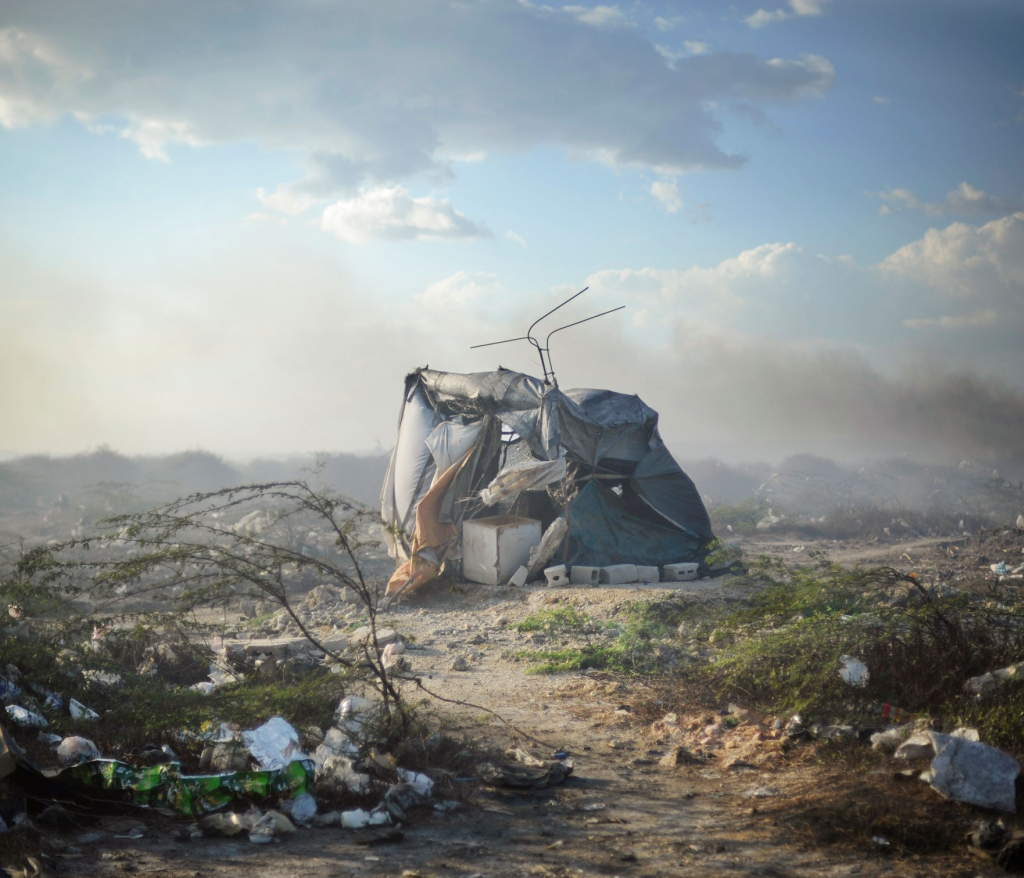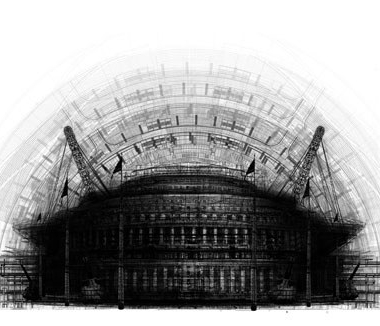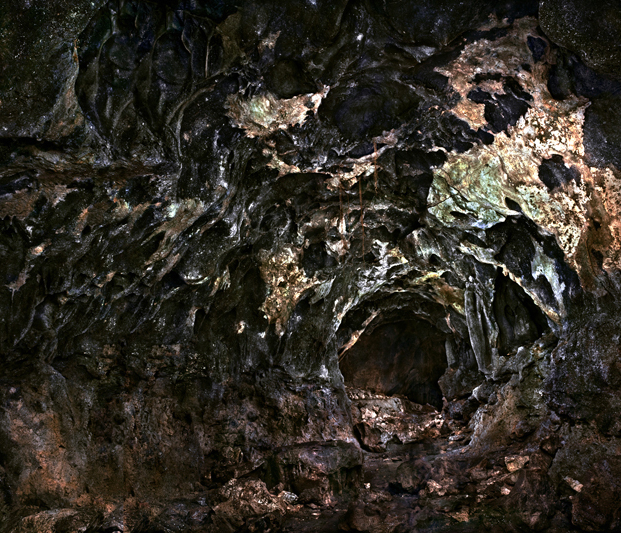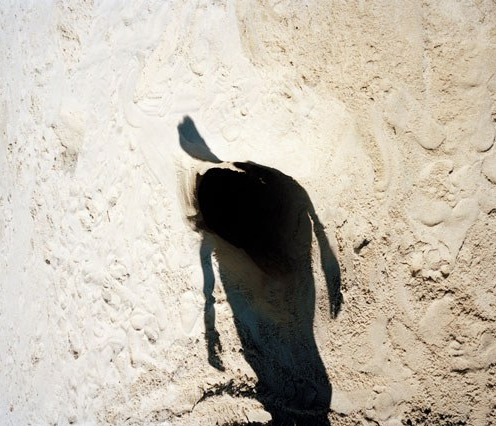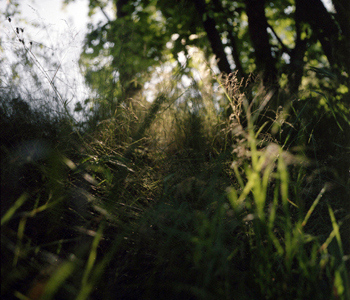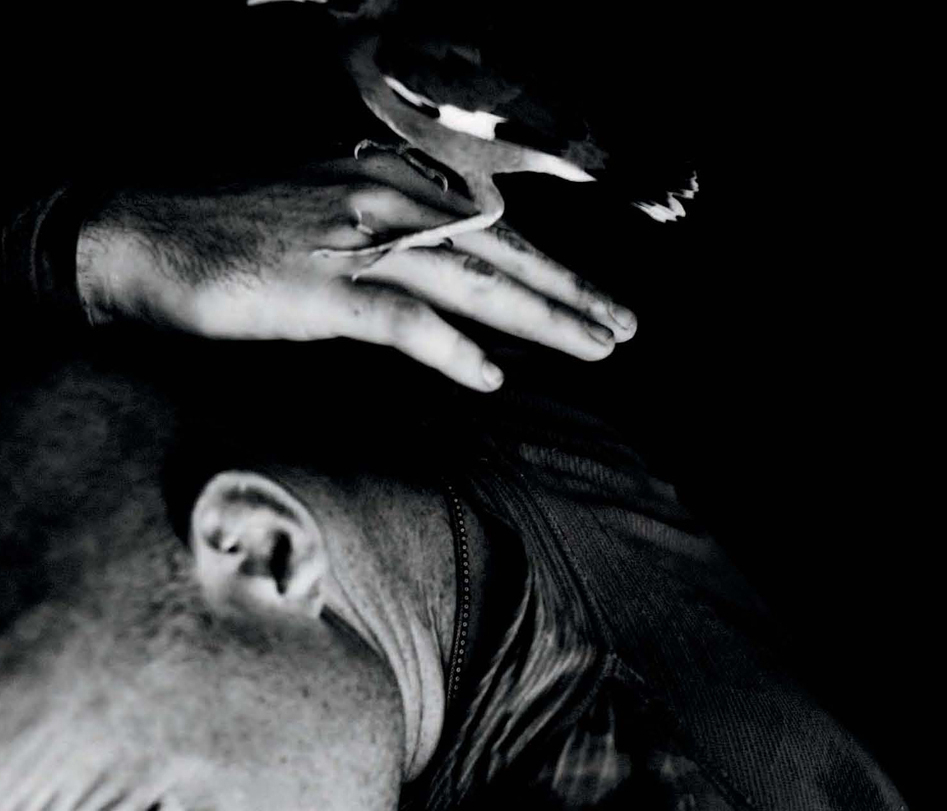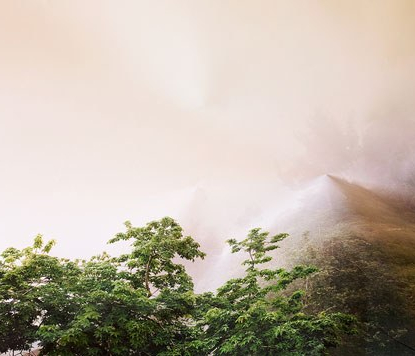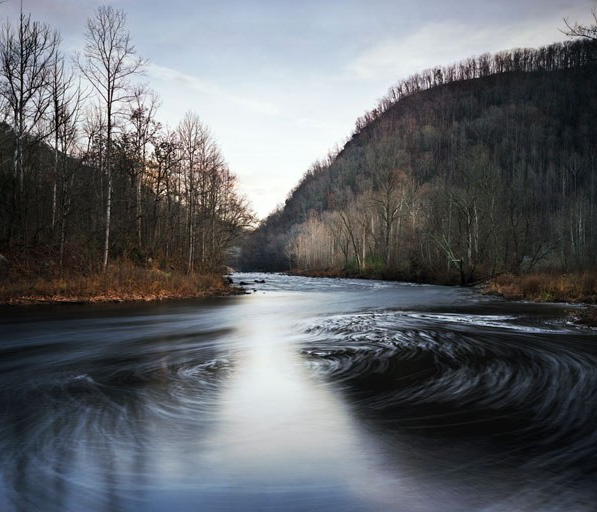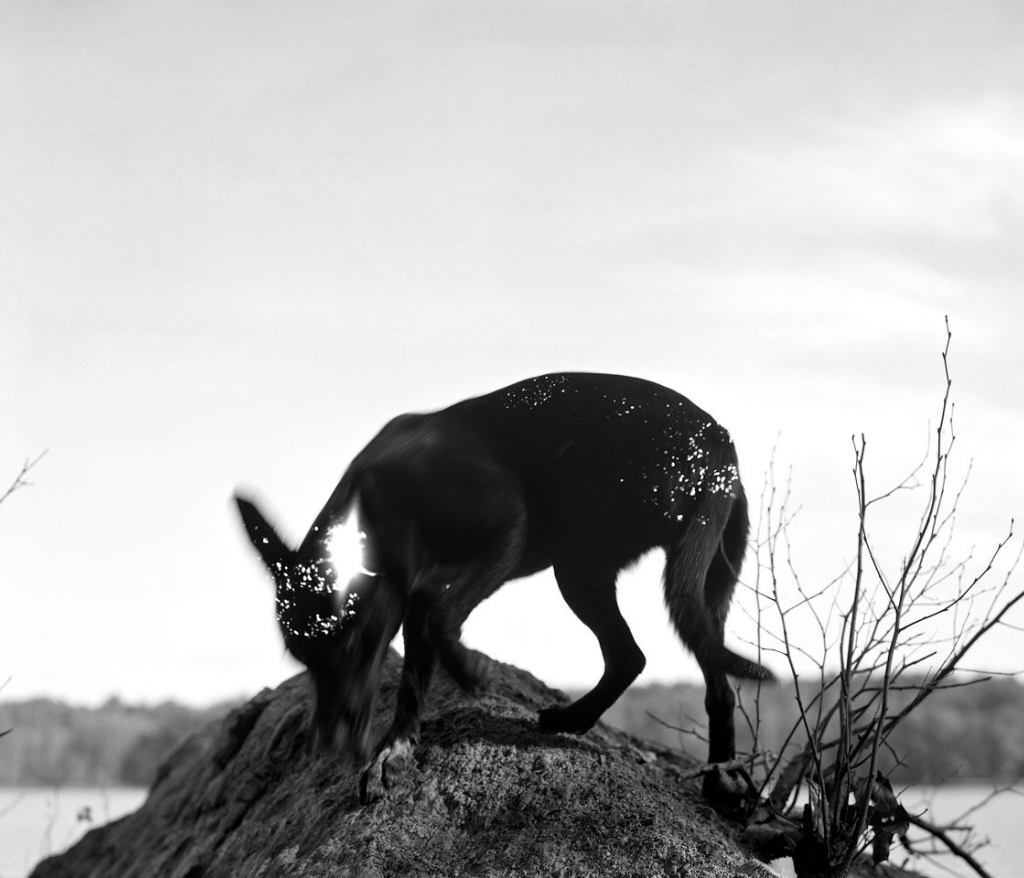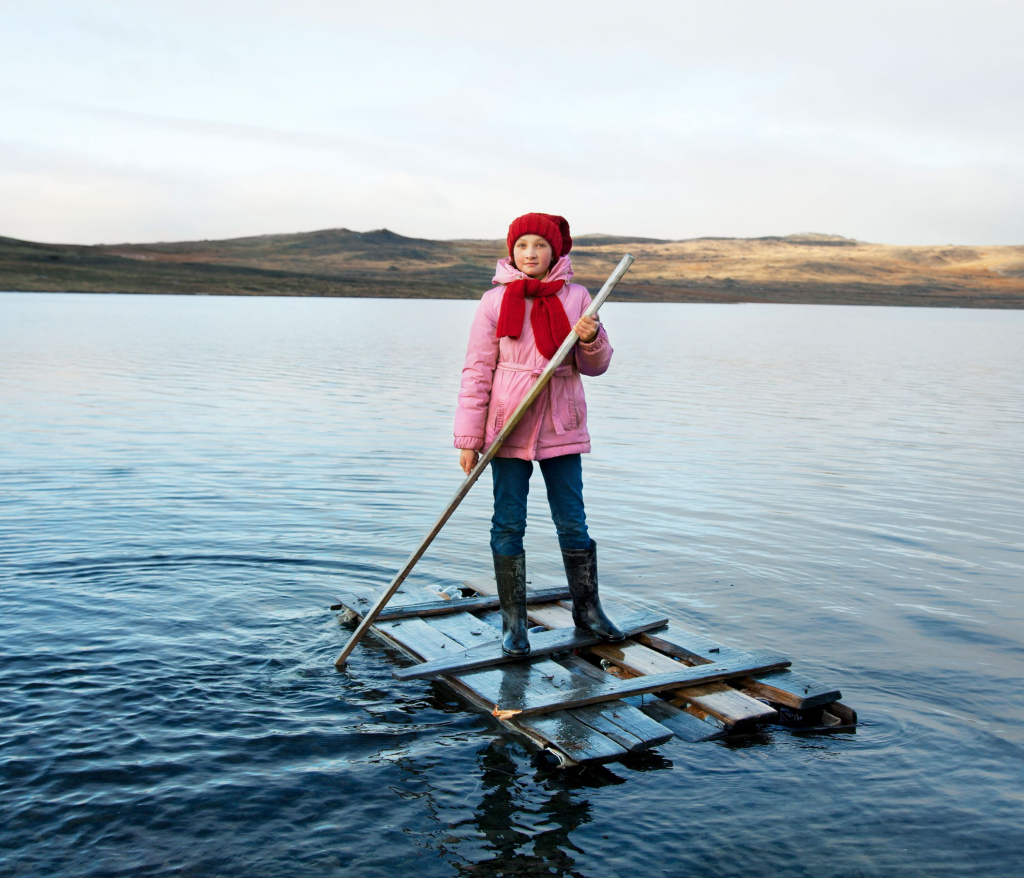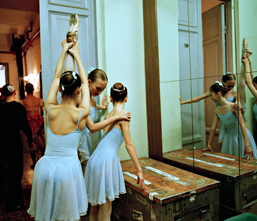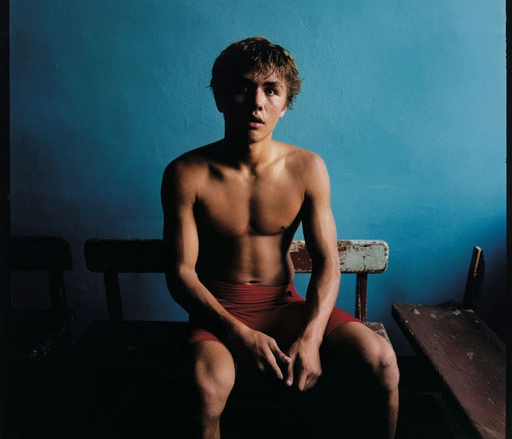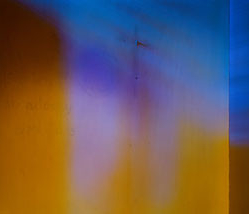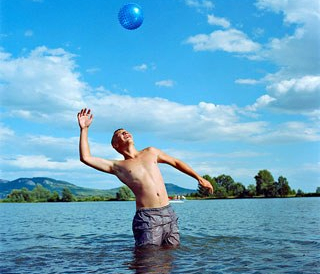Andrés Mario de Varona + Cristóbal Ascencio
Contact + Las flores mueren dos veces
Dates + Events
Opening Reception + Artist Talk: Andrés Mario De Varona + Cristobal Ascencio
Friday, February 2 | 5:00pm - 8:00pm
February Pictura Kids: Shadow Puppets
Saturday, February 3 | 11:00am - 12:00pm
March Pictura Kids: Cristobal Ascencio
Saturday, March 2 | 11:00am - 12:00pm
Andrés Mario de Varona + Cristóbal Ascencio
Contact + Las flores mueren dos veces
The upcoming exhibition at Pictura explores the complex relationship of a child to a deceased parent. The show features two different projects, Contact by Andrés Mario de Varona, and Las flores mueren dos veces by Cristobal Ascencio.
Both projects are built from the artist’s efforts to connect with the lost parent. Ascencio creates a haunting virtual garden, honoring his father’s vocation as a gardener. De Varona works with personal relics, family members, and the mysterious properties of light to reach back towards his mother.
Artist Bio
“I was born into two Cuban families and grew up in Miami as a first generation Cuban-American. The majority of my teenage years were spent running cross-country while attending high-school.
Being interested in images and writing, and pressured to take a more practical approach, I pursued a degree in journalism. However, I realized that I did not want to take pictures, but instead create them.
Little by little I learned to speak a language true to myself. The death of my mother helped me discover this, and it galvanized my need to know more about myself and what I am capable of expressing. After graduating, I moved to New Mexico. Since living in the desert, my obsession with death morphed into an obsession for life, and I became eager to learn what it truly means to connect with others.
I’ve had to ask myself why I am attracted to illness, and intensity. I believe my own sense of loss and unfairness has made me want to see other people who have experienced profound loss, or that are going through a painful change in themselves.
Art is my tool to measure cycles of indignation and of healing, our growth as human beings, and as a way to record victories. What I create is an attempt to enter the collective human experience, as well as an access point into myself.”
Contact | Artist Statement
I began creating rituals with my family after my mother’s death (2016), and used them to re-examine the significance of death as part of life in a series titled Contact. Photographing the rituals re-invited death into our home, and gave me time to live with it, as well as a time to reclaim the experience. The more I became familiar with this presence, the more I began questioning myself. The outcome was an exploration of grief and loss; getting intimate with death against a cultural context that often gets swept under the rug (even though it is one of life’s few hard guarantees). During this time, my family and I navigated into new transitioned roles and responsibilities. By creating healing spaces and ceremonies around these new responsibilities and roles, we began to confront the psychological and somatic shock that death delivers. In modern Western society death is something that’s become nearly invisible and that’s typically told to us rather than witnessed. Contact builds an inner connection to death by working alongside it and questioning the lengths we go to sanitize it.
Something that connected me to death for the first time was my mother’s nightgown. This article of clothing was something she purchased but never wore. In fact, I found it still wrapped up in the Macy’s bag it had come in. I discovered it one day when I went back to my mother’s home to visit after she had died. I wanted to search through her belongings and clothes, but was disappointed to find that all of her clothes were already donated. Immediately this gown became a relic for my sisters and I, and it became a motif throughout the series. To this day I keep it in my closet and continue to take it with me everywhere I go.
Artist Bio
Born in Guadalajara, Mexico, in 1988. Cristóbal Ascencio is a mexican photographer who currently resides in Madrid. He has studied for a degree in Audiovisual Media and Advertising from the CAAV in Jalisco and a master’s in contemporary photography at EFTI.
His work and research focuses on the relationship that exists between images and memory and how we build identities and realities based on this correspondence, while his practice expands to new forms of the image such as virtual reality, data manipulation, and photogrammetry in an effort to expand photography to new ways of consumption.
Cristóbal is part of the selected artists for Foam Talent 2024-25. He was invited for Plat(t)form 2023 by Fotomuseum Winterthur. He was included in the “Ones to Watch 2022” list by the BJP. In 2022 He was included in the 100 list of “The Next Great Fashion Image Makers” by Vogue. His work has been exhibited in the 2022 edition of the Getxo Photo Festival, the Discovery Awards 2022 in Encontros da Imagem Festival in Braga, and was shortlisted for the PHmuseum grant in 2002. He received the 1st prize for the portfolio reviews at Art Photo Bcn and Panorámic Festival in 2022. In 2021 his work was selected in the PhotoSlam of Les Rencontres d’Arles (France). His work has been exhibited in places like Gimnasio de Arte y Cultura (Mexico), Experimental Photo Festival (Barcelona), Karne Kunst (Berlin), Space Millepiani (Rome), Casa Volcán (Guadalajara) or The Curated Fridge, among others. He is currently a recipient of the Mexican Grant for emerging artists from “Jovenes Creadores “ (FONCA, 2022-2023).
Las flores mueren dos veces | Artist Statement
Las flores mueren dos veces is a project that explores a parent-child relationship filled with loss, silence, death, life, and reconciliation. My father died when I was 15, but I was not told it was a suicide until I turned 30. It was then that I started to revisit the images, places, and memories that were left behind. Margarito, a gardener by profession, wrote a farewell letter in which he wrote about plants and said: “Forgive me and communicate with me.”
After receiving this new information, I started to revisit my family archive and the last garden where my father worked using various digital strategies for altering the images. By revisiting family albums and manipulating the structural data of the photographs in them, I deconstruct the images and narratives associated with them using a glitch or digital error as a tool. From this experimentation,
I create new images that serve as a metaphor for “corrupted memories”.
At the same time, a three-dimensional representation of the garden using photogrammetry addresses issues related to the plasticity of memory, represented in the plants that my father grew, which are still alive today. I seek to shape his absence through images and establish a dialogue between our worlds. Photography serves as a starting point to question personal narratives and explore a newly created universe where plants serve as a bridge.
My approach to photography is central to the production process. I’m interested in how technological interventions alter the primal meaning of an image, expanding the media to new ways of consumption; becoming a territory to harvest meaning, conjure conveyance, and claim heritage.
My approach to photography is central to the production process. I’m interested in how technological interventions alter the primal meaning of an image, expanding the media to new ways of consumption; becoming a territory to harvest meaning, conjure conveyance, and claim heritage.
Although Las flores mueren dos veces started as a photography series it has evolved into a Virtual Reality experience as well. The user is invited to travel through memory, fragmented thoughts, and the different possible versions of reality that arise from a change in the course of personal history. The images of plants and landscape plans that began as two-dimensional images become a new immersive reality, which raises questions about the new landscapes we inhabit and the discursive possibilities of photography through new languages.
Foremost, this is a personal story told in three chapters of imagery: I. a series of code-altered analog photos, II. a collection of digital plants made following my father’s instructions, and III. an immersive garden accessible through Virtual Reality headsets.
This project is my answer to the last words my father wrote and an invitation to think about all the relationships that we once formed and that continue to develop after death.
Andrés Mario de Varona + Cristóbal Ascencio
Contact + Las flores mueren dos veces
The upcoming exhibition at Pictura explores the complex relationship of a child to a deceased parent. The show features two different projects, Contact by Andrés Mario de Varona, and Las flores mueren dos veces by Cristobal Ascencio.
Both projects are built from the artist’s efforts to connect with the lost parent. Ascencio creates a haunting virtual garden, honoring his father’s vocation as a gardener. De Varona works with personal relics, family members, and the mysterious properties of light to reach back towards his mother.
Artist Bio
“I was born into two Cuban families and grew up in Miami as a first generation Cuban-American. The majority of my teenage years were spent running cross-country while attending high-school.
Being interested in images and writing, and pressured to take a more practical approach, I pursued a degree in journalism. However, I realized that I did not want to take pictures, but instead create them.
Little by little I learned to speak a language true to myself. The death of my mother helped me discover this, and it galvanized my need to know more about myself and what I am capable of expressing. After graduating, I moved to New Mexico. Since living in the desert, my obsession with death morphed into an obsession for life, and I became eager to learn what it truly means to connect with others.
I’ve had to ask myself why I am attracted to illness, and intensity. I believe my own sense of loss and unfairness has made me want to see other people who have experienced profound loss, or that are going through a painful change in themselves.
Art is my tool to measure cycles of indignation and of healing, our growth as human beings, and as a way to record victories. What I create is an attempt to enter the collective human experience, as well as an access point into myself.”
Contact | Artist Statement
I began creating rituals with my family after my mother’s death (2016), and used them to re-examine the significance of death as part of life in a series titled Contact. Photographing the rituals re-invited death into our home, and gave me time to live with it, as well as a time to reclaim the experience. The more I became familiar with this presence, the more I began questioning myself. The outcome was an exploration of grief and loss; getting intimate with death against a cultural context that often gets swept under the rug (even though it is one of life’s few hard guarantees). During this time, my family and I navigated into new transitioned roles and responsibilities. By creating healing spaces and ceremonies around these new responsibilities and roles, we began to confront the psychological and somatic shock that death delivers. In modern Western society death is something that’s become nearly invisible and that’s typically told to us rather than witnessed. Contact builds an inner connection to death by working alongside it and questioning the lengths we go to sanitize it.
Something that connected me to death for the first time was my mother’s nightgown. This article of clothing was something she purchased but never wore. In fact, I found it still wrapped up in the Macy’s bag it had come in. I discovered it one day when I went back to my mother’s home to visit after she had died. I wanted to search through her belongings and clothes, but was disappointed to find that all of her clothes were already donated. Immediately this gown became a relic for my sisters and I, and it became a motif throughout the series. To this day I keep it in my closet and continue to take it with me everywhere I go.
Artist Bio
Born in Guadalajara, Mexico, in 1988. Cristóbal Ascencio is a mexican photographer who currently resides in Madrid. He has studied for a degree in Audiovisual Media and Advertising from the CAAV in Jalisco and a master’s in contemporary photography at EFTI.
His work and research focuses on the relationship that exists between images and memory and how we build identities and realities based on this correspondence, while his practice expands to new forms of the image such as virtual reality, data manipulation, and photogrammetry in an effort to expand photography to new ways of consumption.
Cristóbal is part of the selected artists for Foam Talent 2024-25. He was invited for Plat(t)form 2023 by Fotomuseum Winterthur. He was included in the “Ones to Watch 2022” list by the BJP. In 2022 He was included in the 100 list of “The Next Great Fashion Image Makers” by Vogue. His work has been exhibited in the 2022 edition of the Getxo Photo Festival, the Discovery Awards 2022 in Encontros da Imagem Festival in Braga, and was shortlisted for the PHmuseum grant in 2002. He received the 1st prize for the portfolio reviews at Art Photo Bcn and Panorámic Festival in 2022. In 2021 his work was selected in the PhotoSlam of Les Rencontres d’Arles (France). His work has been exhibited in places like Gimnasio de Arte y Cultura (Mexico), Experimental Photo Festival (Barcelona), Karne Kunst (Berlin), Space Millepiani (Rome), Casa Volcán (Guadalajara) or The Curated Fridge, among others. He is currently a recipient of the Mexican Grant for emerging artists from “Jovenes Creadores “ (FONCA, 2022-2023).
Las flores mueren dos veces | Artist Statement
Las flores mueren dos veces is a project that explores a parent-child relationship filled with loss, silence, death, life, and reconciliation. My father died when I was 15, but I was not told it was a suicide until I turned 30. It was then that I started to revisit the images, places, and memories that were left behind. Margarito, a gardener by profession, wrote a farewell letter in which he wrote about plants and said: “Forgive me and communicate with me.”
After receiving this new information, I started to revisit my family archive and the last garden where my father worked using various digital strategies for altering the images. By revisiting family albums and manipulating the structural data of the photographs in them, I deconstruct the images and narratives associated with them using a glitch or digital error as a tool. From this experimentation,
I create new images that serve as a metaphor for “corrupted memories”.
At the same time, a three-dimensional representation of the garden using photogrammetry addresses issues related to the plasticity of memory, represented in the plants that my father grew, which are still alive today. I seek to shape his absence through images and establish a dialogue between our worlds. Photography serves as a starting point to question personal narratives and explore a newly created universe where plants serve as a bridge.
My approach to photography is central to the production process. I’m interested in how technological interventions alter the primal meaning of an image, expanding the media to new ways of consumption; becoming a territory to harvest meaning, conjure conveyance, and claim heritage.
My approach to photography is central to the production process. I’m interested in how technological interventions alter the primal meaning of an image, expanding the media to new ways of consumption; becoming a territory to harvest meaning, conjure conveyance, and claim heritage.
Although Las flores mueren dos veces started as a photography series it has evolved into a Virtual Reality experience as well. The user is invited to travel through memory, fragmented thoughts, and the different possible versions of reality that arise from a change in the course of personal history. The images of plants and landscape plans that began as two-dimensional images become a new immersive reality, which raises questions about the new landscapes we inhabit and the discursive possibilities of photography through new languages.
Foremost, this is a personal story told in three chapters of imagery: I. a series of code-altered analog photos, II. a collection of digital plants made following my father’s instructions, and III. an immersive garden accessible through Virtual Reality headsets.
This project is my answer to the last words my father wrote and an invitation to think about all the relationships that we once formed and that continue to develop after death.
Dates + Events
Opening Reception + Artist Talk: Andrés Mario De Varona + Cristobal Ascencio
Friday, February 2 | 5:00pm - 8:00pm
February Pictura Kids: Shadow Puppets
Saturday, February 3 | 11:00am - 12:00pm
March Pictura Kids: Cristobal Ascencio
Saturday, March 2 | 11:00am - 12:00pm

